Via, via, via!
Vienna, Prague, Brno, three experiences, three sensations, three characters, and three times three is nine, nine days during which we hiked, watched, discovery, encountered, traveled, eaten and, ça va sans dire, bevuto, nine days in search of memories and hopes, nine days that broke that cage of sadness that had imprisoned me for a couple of years.
Rossana who left at dawn on a gray Tuesday, she returned after a week and a half with a considerable store of memories but lighter in spirit.
At this point one of the gianographies written by mine is good sherpa / tourist agency / pusher / photographer / ecc., and it's called "GOODBYE".
The traveler knows no return. Starting is one, another person returns. If the same one returns, it is as if he had never left.
I am obliged to explain the causes of this minimal metamorphosis of mine, or how a simple trip to less than exotic and not even completely unknown places could have such a beneficial effect.
I will be told that the rediscovered experience of a trip abroad, after months and months of compulsory residence, it is already a sufficient condition to refresh the spirit, and maybe that's true.
Perhaps the easing of anti-pandemic health measures in Austria and Czechia also contributed, a certain lasseiz-do che, while judging it adventurous, it has given us that bit of serenity that has been missing for two years and passes. I am not under the illusion, it's not over, the time for peace has not yet come, but a truce is always a truce, and woe to not take advantage of it.
As always, I owe my personal travel agency, which this time has been overcome by giving me the most beautiful accommodation I could wish for in Prague, and this fact too has certainly contributed to turning my mood to beauty.
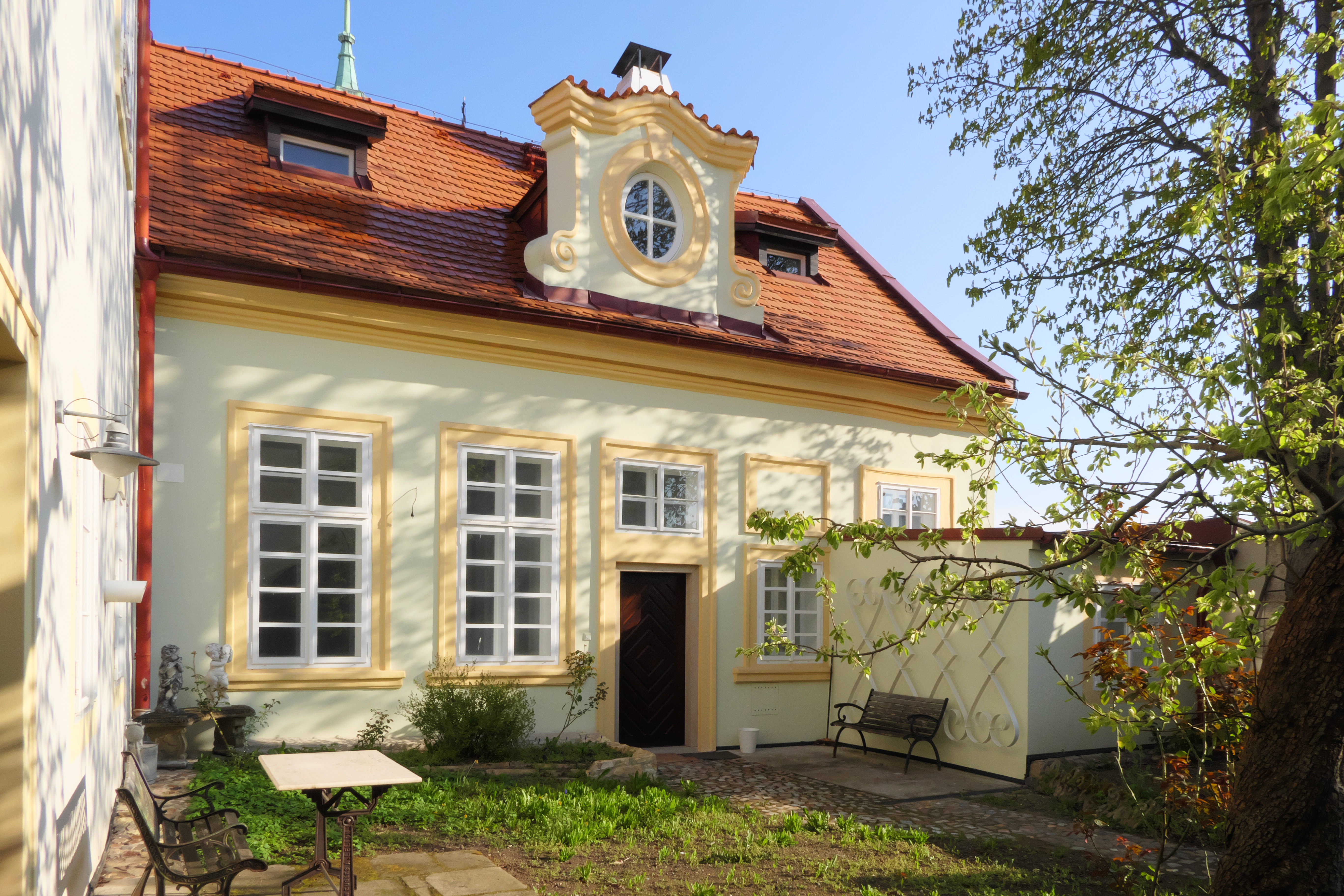
All true, however, the "triggering" cause of such an emotional upheaval is less obvious, and perhaps only deceptive, like the unexpected succession of suggestive events that form a picture visible only to those who are willing to get excited.
The first of these is, you will never believe it, Prague.
Doubtless, I confess. Over the years I have found myself detesting invasive and uncultivated tourism, besides feeling bitterness for a certain decadence of social mores, so I was afraid of going down to a city overwhelmed by the pandemic, from crisis and fear, an empty chrysalis.
And instead, guarda là, I found myself hugging her like in the early days, he won me back with an unexpected display of vitality, a blatant refusal to surrender to the adversities that the Chinese plague has dispensed with both hands, a city that has actually decided to up the ante with a whole series of initiatives, both institutional and private, il che, lasciatemelo dire, it was like a ray of sunshine if we compare it to the leaden immobility to which we are, purtroppo, addicted.
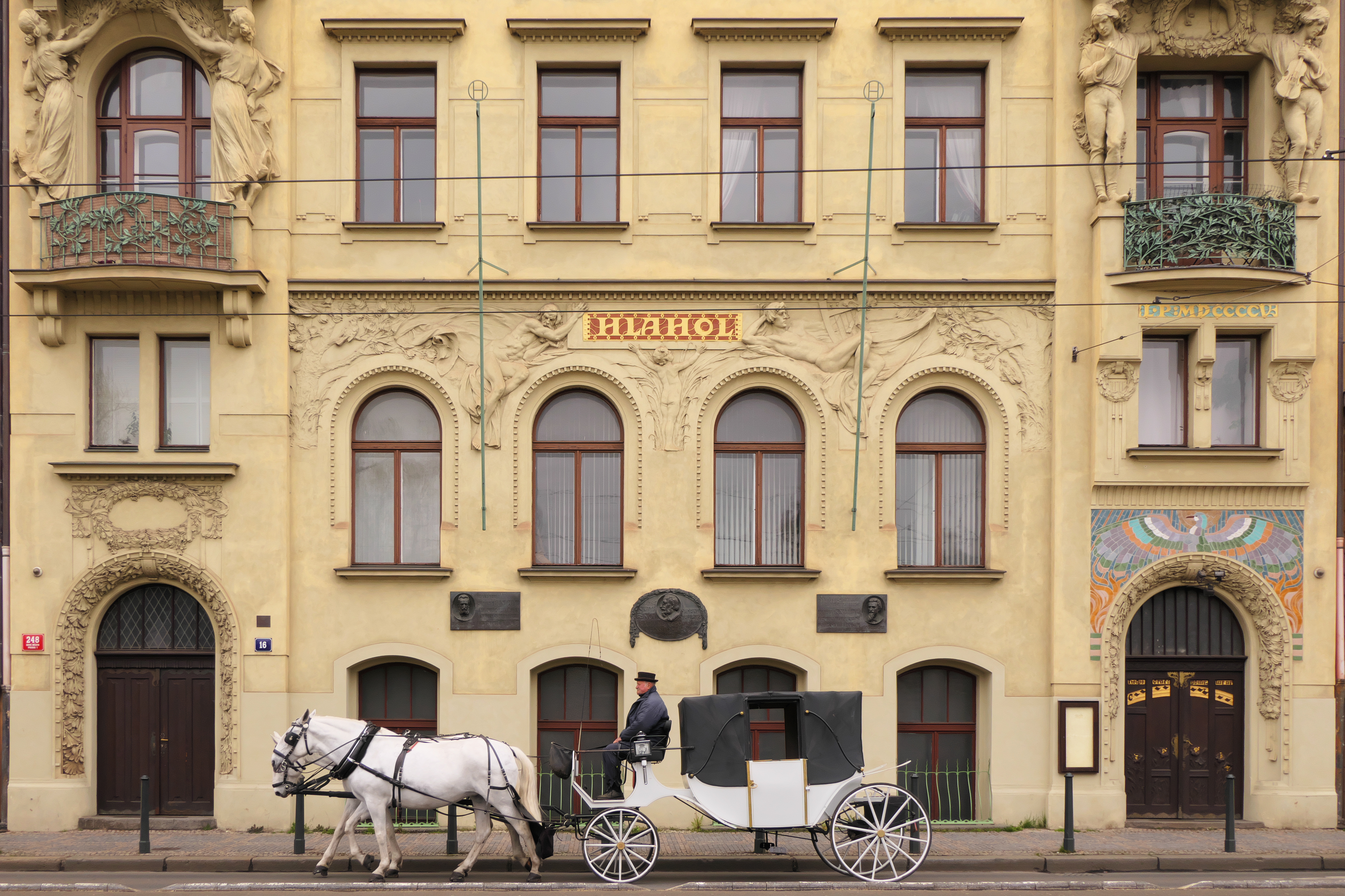
No less stimulating was the opportunity to admire the quilt esposti and Brno, and for two reasons. The first responds to an empathic emotion, that of rejoicing together with quilter Czechs for the revival of the Prague Patchwork Meeting, an event that I have always loved for reasons that went beyond the mere interest in patchwork. The second reason for satisfaction was determined by the quality of the works on display, and above all from the precise choice of moving in the direction of art, although this address is always challenging for one quilter as it involves more questions than answers.
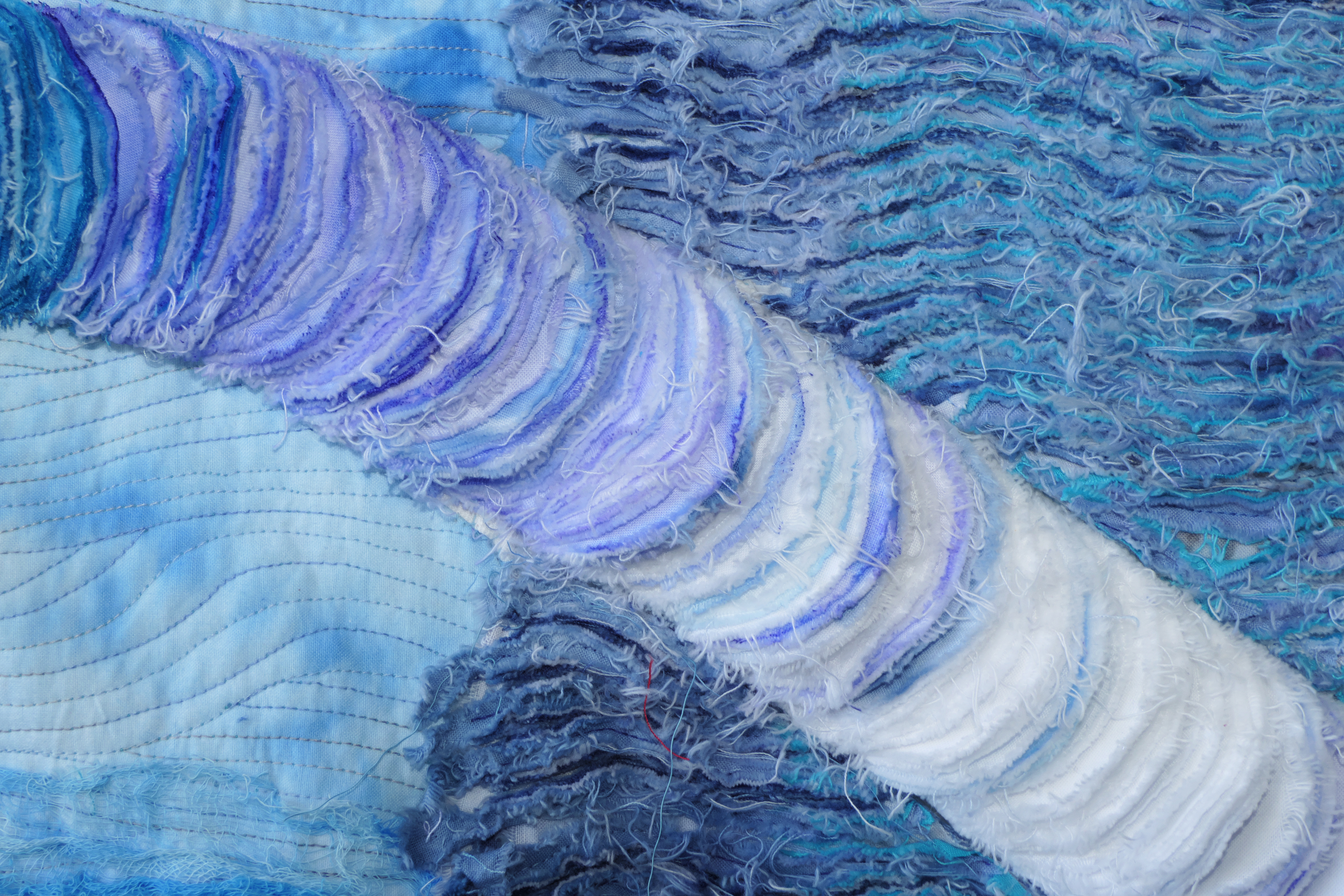
Who attends this blog you will already know that I like to take things very far, e perciò, before arriving in Brno, my travel agency has organized cultural excursions to Vienna and Prague to discover well-known or lesser-known attractions and works, ancient or contemporary, pleasant or cryptic, consonant or surprising, and of this you can find traces in the visual zibaldone of the short film that has been inserted at the end of this article.
I would say it is time that I finally told you about the Prague Patchwork Meeting in Brno.
We are in Moravia, a southeastern region of the Czech Republic, which, however, in the Middle Ages extended from Pannonia to Silesia including, to disintegrate at the beginning of the 10th century under the pressure of the Hungarians. Brno became the only capital of Moravia only in 1648 by virtue of its favorable defensive position with respect to Olomouc, another of the three "capitals" of Moravia together with Znojmo.
What could I say about this new location of the exhibition? One of the advantages is its proximity to the Austrian border. Although the small local airport offers very few connections, it should be considered that it only takes two hours by train to reach Vienna airport, uno hub international well served, and even less for the railway station of the Austrian capital.
Even the exhibition venue is a completely different music than that of Prague. It is a large complex that, despite having almost a century of life, it appears very modern and functional to any trade fair event, and what's more it is relatively close to the center.
The Prague Patchwork Meeting occupied only a small area, not for the smallness of the exhibition but for the vastness of the space available. Basically there is plenty of room to grow.
On the other hand, in Brno there is not a lot to see. Visited the Spielberg fortress, le ville Tugendhat e Löw-Beer, the cathedral and some beautiful gardens, there is nothing to do but wander around the small historic center. There are also interesting places in Moravia, however, they can be reached with some difficulty if you do not have a private means of transport. Allora, given the very reasonable prices, renting a car in Brno would be an option not to be overlooked.
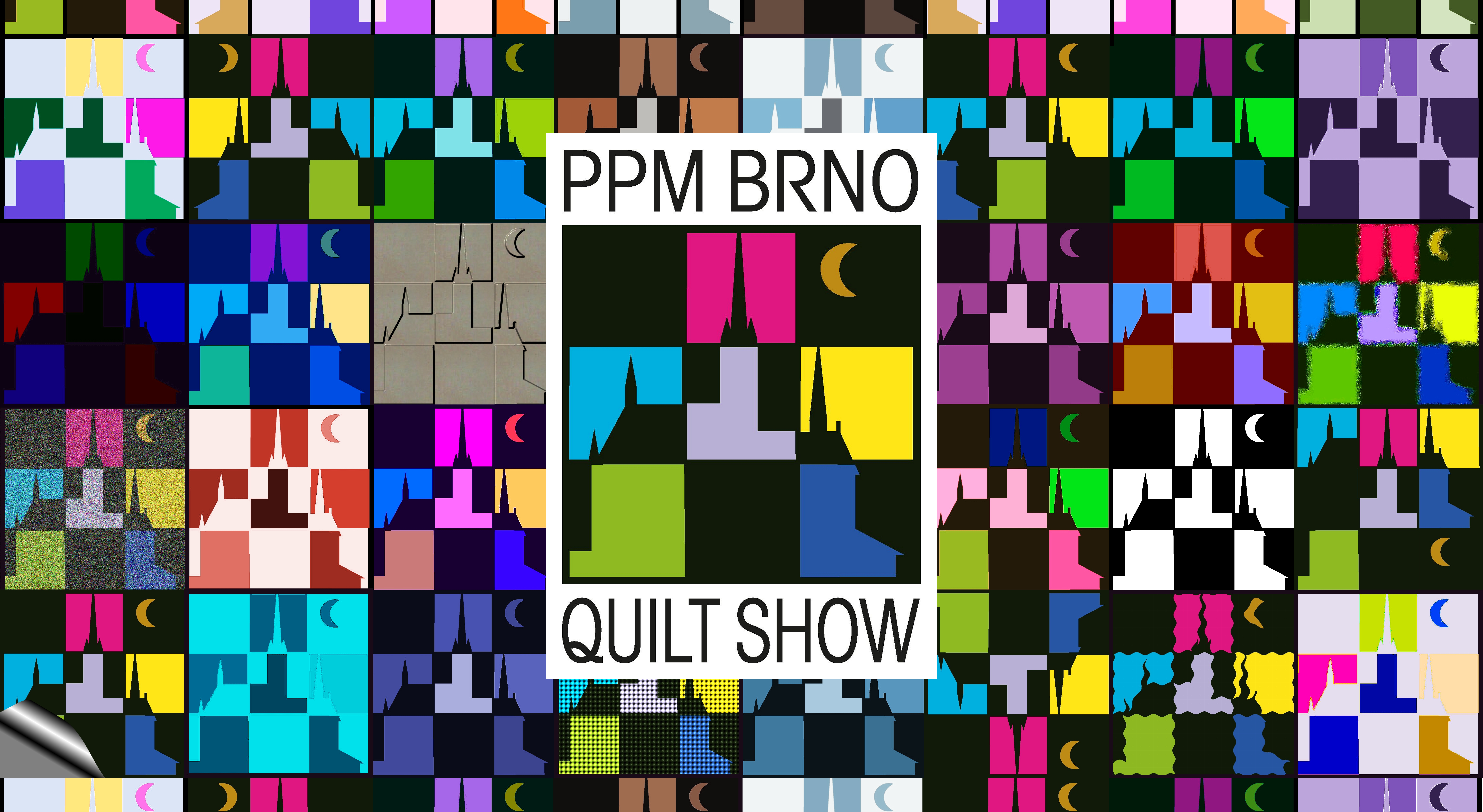 So let's go, Sì, But where? The spaces are huge, I get lost in it. I just have to tag along with a group of quilter che, more than reasonable assumption, he is on his way to the exhibition like me.
So let's go, Sì, But where? The spaces are huge, I get lost in it. I just have to tag along with a group of quilter che, more than reasonable assumption, he is on his way to the exhibition like me.
Ecco, they got lost too.
After a while I finally find the entrance under a large sign where it says "Exit". I prefer not to comment ...
First, let's go say hello to Jana Štěrbová, Deus Ex machina of this Arab phoenix textile. I found her relieved by the result that the exposure was getting, and I guess the awe of a flop due to the suspension of the exhibition for two years and the move to a location far from Prague, he experienced it, at least I would have been a victim of it and would not have slept there at night. More than complimenting her on her tenacity, I don't know what else to say, and then off to see what they've done!
As in previous editions, an area was reserved for the works that participated in the "Sauvage" competition during the Carrefour Européen du Patchwork of the 2021. Except you probably already know them, if you are extremely curious, I refer you to my post "Val d’Argent 2021"In which I reported some significant images and some of my considerations.
We are in Brno, and then we go to the sea.
There is no artistic soul in Bára Bartošová, there are two. Such an expressive and irreconcilable dualism manifests itself in the choice of his subjects: glimpses of Prague (where perhaps he lived) and elements of nature she rediscovered in Eastern Bohemia.
An ecological impulse was inevitable, and the sea, which too often is used as a landfill, finds its place in his imagination, in the form of a fish or other living thing, or as in this case in the form of energy, or rather of uncontrollable fury. Unfortunately, the sea can do nothing against human stupidity, and this wave too reminds me of the charge of a bull in the arena, as impetuous as it is unable to reverse her fate.
You may remember how that old song did “in the blue painted bluuu…”, so I wanted to continue on this chromatic line, and I do it with the whole series of shades of indigo blue that Glenda Mah creates following the ancient techniques learned in China, Tibet, Thailand, Laos, Corea, Cambodia and Japan, shades that you can have fun looking for in the work below.
Among the techniques she has learned to use, the most spectacular of all is the Japanese Shibori technique, used to obtain abstract patterns on the fabric by folding or binding, neat or random, depending on the final effect sought. Three centuries of history and six thousand miles of sea separated Glenda from Shiìbori, but she shows us that no distance is insurmountable for an artist.
Let's go home, not ours but that of Jaroslava Grycová, Moravia.
Every time I come to the PPM, I never miss the opportunity to admire his splendid paintings made with the technique “confetti”.
In your Moravia you are able to find very suggestive corners where nature offers everything you need to create a work of art, that is space, luce, color and shape.
Like an impressionist painter, she uses the crumbs of fabric to reassemble a picture that goes beyond simple aesthetic beauty, which transmits a message of serenity and transcendence. If I stop for a long time in front of one of his works, I almost seem to hear the slight hum of the leaves moved by a breath of wind…
Of Gyöngyi Váradi I still remember the warmth that emanated from hers quilt intitolato “Exoplanet” visto a Praga nel 2015. who, although the compositional structure is very similar, she has changed register. All colors are cool, and no solar rays descend from this sky, indeed it threatens to fall on our heads as if it were water. I have only experienced such a sensation in Norway, where the sea is black and the sky lowers until it touches the nape of your neck.
I tear it then, is a message within the message. What does Gyöngyi Váradi want to tell us? Maybe that behind a sky, however threatening it appears, there is only darkness, nothingness? Perhaps it is necessary to tear away the two-dimensionality of the work to courageously enter the darkness of the mystery? Or maybe that the sky had always been torn apart, and that the task of the quilter (it's ours) is to try to mend the edges?
I leave the answer to you.
This textile contamination experiment carried out by Sylwia Ingatowska is very intriguing.
She fell in love with a painting by Josephine Wall reported on fabric, she took it to add everything her inspiration suggested in the form of multicolored hexagons to give breath to the work, and finally he performed a suitable quilting to bring out the sinuous shapes of the picture.
The result is an even more bewitching image than the original, as if the hope of a world finally in harmony and peace arose from the chromatic magma.
Out of curiosity, I took a look at the sito web di Josephine Wall, and there I found other beautiful images.
More disturbing but no less interesting is this work by Enikő Nagy, un quilt which is not a quilt, is a highly sought-after composition.
“Imprisonment”, so is the title, and I like to imagine that it was inspired by the Siberian atmosphere where László Hudec, one of Enikő's favorite architects, he found himself spending a few years as an Austro-Hungarian prisoner of war.
How else to interpret the overlapping layers of fabric other than as sharp gusts of icy wind on layers of ice, or wooden skeletons floating on a surface that has only ripples of liquid? The aesthetic result is impressive, as close as from afar.
I would go from an architect relatively close to our times to one who, having created his admirable works from the end of the 15th century to the first decades of the 16th century, can perhaps be considered the first great architect of the contemporary age (the Middle Ages in fact ends in 1492 with the discovery of America), as well as one of the last exponents of the Late Gothic.
But before presenting the homage that Romana Černá pays to that insuperable teacher, allow me to say a few words about Kutná Hora, place to visit absolutely.
Let's start by saying that up to 1500 the city was almost as important as Prague, and this thanks to its profitable silver mines. Of that flourishing period, there are remains of rich buildings, la “Corte italiana”, the cathedral of Santa Barbara, a small castle, a suggestive richly balustraded promenade and some ancient houses.
Find kilometers of Kutná Hora, in the hamlet of Sedlec, in addition to the church of the Assumption of the Virgin Mary and of San Giovanni Battista, always in the Gothic style, there is a construction that I cannot define as bizarre or macabre. This is the Sedlec Ossuary, a small chapel containing approx 40.000 (quarantamila!) human skeletons arranged in such a way as to form orderly compositions and even with artistic ambitions, so desired by the Schwarzenbergs, one of the most influential families of the Habsburg Empire, as well as masters of half of southern Bohemia.
Instead of inserting some of my photographs of the ossuary, this time I prefer to offer you a short, vaguely surreal film shot in 1970 to Jan Schwankmeier, incidentally one of my favorite Czech directors webmaster / tourist guide / sherpa / photographer / driver / ecc.
Given the harshness of the environment, I would advise against viewing it for particularly impressionable people.
The origins of this ossuary date back to the 13th century, in the time of King Ottokar II of Bohemia, when a friar returning from a crusade brought a jar of earth from Golgotha with him and scattered it in the cemetery of Sedlec. From that moment began a sort of pilgrimage of corpses destined for burial in that considered place “sacred”, both by desire of relatives and as a consequence of “last wishes”. Plagues and wars contributed to an exponential increase in the number of deceased buried there, until in 1500 it was decided to exhume the oldest remains to make way for new burials, keeping the bones in the church warehouses, which in 1870 will constitute the macabre decorations of the crypt currently open to visitors.
But let's get back to happier things, or to the work of Romana Černá dedicated to the architect Benedict Rejt, to whom we owe the grandiose Gothic cathedral of Kutná Hora. He is also the architect of the Vladislav Hall of Prague Castle. That salon is an impressive size, sixty-two meters long, sixteen wide and thirteen high, characterized by an imposing Gothic cross vault.
I was well aware of Romana's fondness for all shades of blue, from anchovy to denim, from steel to cornflower, therefore you can well understand my surprise when I found myself in front of this work of his where that tone is almost completely absent.
Il quilt above was part of a series of works created by the artists of Art Quilt Harbor on the theme of the bark beetle, or rather on that and on the paths of the tunnels that the larvae of that beetle dig right under the outer bark of the trees. Unfortunately for Romana, the dominant color was brown, clear that of wood, that of the beetle is dark, and it all reminded her of spiders. I can easily assume that you also don't have much sympathy for those little animals, and it was the same for Romana, therefore she decided to change the beige in white and brown in gray. Something came out that looks like an old wall with cracked mortar and little moths waiting to break away from it..
Brief inscription of biology. The bark beetle typically attacks only dead conifers, while a healthy plant manages to defend itself quite well. However, if the quantity of dead trees is excessive, this beetle multiplies in such a way as to be able to attack in mass even healthy stems., which in turn weaken and die. For this reason, after the Vaia storm which felled tens of millions of conifers, it was urgent to remove all the plants that the wind had blown up as soon as possible.
No exhibition patchwork it can be said to be complete if there is no enigmatic work by Eszter Bornemisza. Every time she loves to play with materials, overlaps and transparencies, and every time the result is spectacular
More than ten years have passed since I had the opportunity to see one of his compositions for the first time, and since then it has never stopped offering me the opportunity to reflect on the true value of a textile work, about when that stops being craftsmanship to become a wonderful work of art.
One of the characteristics of his works is the impossibility of giving them their own temporal location. In any year they have been imagined and assembled, they all seem made tomorrow.
Here is an example of how a quilt, without trying to be captivating, without trying to seduce with shape or color, without boasting technical preciousness, without offering amazing special effects, still manages to be fascinating.
Perhaps it is the textile version of the motto “Less is More“, coined by the German architect Ludwig Mies van der Rohe, the father of rationalism, or maybe he follows the very high art of removing the excess of Michelangelo's memory. As it is, she has abandoned the old road that had distinguished her until now, complex and detailed shapes, blended or contrasting colors, partially recognizable figures, to land on the shores of a schematic and resilient universe, almost a wall of eternal marbles.
Here is the confirmation that the fabric is like pig, that is, nothing is thrown away.
Su a cute little stitch tapestry Anneliese Jaros added some few shapes that look like clouds, shoulder and where, up to composing an image that detaches itself from reality to become pure imagination.
Almost never monochromatic, Andrea Landovská this time had to surrender only to the color of the subject he chose to represent, or water.
Unless you are facing a blazing sunset, or admiring the reflections of a full moon, l’acqua, I mean clear water, offer “solo” an infinite number of shades or contaminations of blue.
Then you, out of spite, she indulged in the composition, he did it with a precise choice of volumes, and for good measure it recalled the undulatory trend of this vital liquid in quilting, in the course of the chenille tears and in the movement of that series of make-up remover wipes (my guess…) previously colored and expertly assembled.
Che ci volete fare, as much as I talk about art, of inspiration, of aesthetic research, of stylistic evolution, I always stay a while’ child, and when I see certain images like this one below it melts my heart.
I spent a lot of time in front of this fairytale forest to try to understand why it excited me so much. And then I noticed how it wasn't a forest at all, but not even a forest, if anything, a mountain orchard, or maybe those red hairs weren't trees but gigantic mushrooms, so much is known that in fairy tales everything is allowed…
In short, it was a moment of serenity, a breath of mountain breeze, the momentary passage of subtle rural scents and the impression of the same lightness of a butterfly's wings.
News on the material front for this work by Jana Štěrbová, never self-referential, never repetitive.
This is acrylic on Evolon, a microfiber that finds many applications thanks to its softness and transpiration capacity. Making this colorful backdrop would have been far more complex using cotton or hemp canvas.
Jana's work clearly represents a hidden root that sinks into a reddish ground and reaches with some suffering up to a harder barrier represented by the stone gray color. His fate would be sealed, however, the root luckily finds a friendly window, which allows it to stretch beyond the barrier and branch out in search of new nutrients (or inspirations) to make the visible grow luxuriantly.
Elegant, because with very few elements it transmits a message full of meanings.
I knew Piroska Pásztor for his geometric compositions, come “Twilight” seen in Parma in 2013, oppure “Carmina Burana” in Val d’Argent nel 2016, but this time she has decided to represent a subject that does not lend itself to being broken up into squares and triangles. It is about water, and for the accuracy of the one that moves lazily next to a pier.
Perfectly successful experiment, also thanks to the very original idea of using a very thin mesh layer to enhance the reflections of the water
Who said that the patchwork it's for women?
Jochen Hüttermann is another demonstration that this is not the case, anche se, I have to admit it, I have the impression of a different sensitivity to colors, to their weight and to the relationship with the shapes. I do not know whether the absence of an imposed imprinting aesthetic makes them more free and daring in the artistic composition, and I cannot give an understandable boundary to this elusive sensation; but it is there.
But perhaps it is only a matter of unconscious preconceptions, for which I apologize.
Here's another one now quilt that caught my attention. The subject is immediately recognizable, it is a crow on a bare branch, so no cute colorful birds, no leaves and flowers, no blue skies, just a dark bird on a gloomy winter day.
Because then I fell in love with this work? The answer lies in the essence of the theme, as well as in the composition of the picture.
Two objects / subjects: a tree and a crow, both immovable. Of the tree we see only a few bare branches, and those threads left hanging with studied neglect give a sense of the decay of the leaves. That crow, bird among the most intelligent in nature, he is observing something, ready to throw himself on a piece of food he has glimpsed, or to escape if it senses the presence of a dangerous intruder. The location of that bird, not in the center of the graphic structure, reinforces the impression that it is just about to take off and come out of that rectangle of fabric.
In essence it is a message of hope, or that even in the hardest periods nature does not give up, continuing to fight with the means he has, and so should we.
Who has certainly not given up is Marianna Rigler, la quale, a pandemic has just begun, has decided to baste a patchwork very particular using the leftovers of a previous job, crumbs of cloth dropped on an imaginary path so as not to risk getting lost in the woods of sadness and fear.
“Shift” in English it stands for change or displacement, on duty, of direction, of opinion, of gear, weather, as well as the trolley for typing capital letters on old typewriters.
If you look carefully at the image that shows the patchwork complete, you may have the impression of not distinguishing well, perhaps due to an image taken that is not in perfect focus or due to a defect in sight, but is not so. The detail explains everything: it is an optical effect caused by the ornamental stitch used to join the fabric squares. The crossed inclination of the points suggests the presence of a vibration to the eye, a short, cyclical movement, uno “shift” short but relentlessly between two points, two moods, two close events, two conflicting reports, fear and hope, the good news and the bad news, errors and consequences, going and staying, the rule and the revolt, the sick and the healthy, distance and contact, truth and denial.
All this we experienced in that terrible time, e, like an earthquake, that vibration has cracked souls and blurred vision.
Mirka Kalinová's works are always unpredictable. You pass by a decisive representation, net, with bright colors of urban views or almost stylized buildings, to bucolic images, natural or rural landscapes, to get to works like this below, light, almost impalpable, with a suggested rather than represented theme.
There are two cases, either he is a particularly eclectic artist or he has not yet decided what he will do when he grows up. However it goes, we still expect other emotions from her.
“A little moment of happiness”, this is the title of Maya Chaimovich's spectacular work, which has now accustomed us to extremely effective explosions of color, an indication of a very refined taste and an out of the ordinary sensitivity.
Of great aesthetic impact this image of the sea seen as a world where invisible dangers are hidden and you have to fight against as many clearly visible dangers..
For millennia, the sea has been an alternative universe for man, with whom he has a controversial relationship. It is, a seconda dei casi, food source, viable way, father of salts, natural defense and object of reflection (physics and metaphysics). But the sea can also be a killer of men, impassable barrier, destroyer of worlds, water desert e, per secoli, abode of “cose” more frightening than the human mind could imagine (at least until the aliens arrive).
In the relatively quiet Mediterranean Sea, and more precisely in the narrow passageways, you could meet the “through erranti”, rocks that suddenly rose and moved to prevent navigation or to create very high waves capable of sinking every boat.
The biblical “Leviathan” it was told as a kind of gigantic winding snake with impenetrable scales that spits fire from its jaws.
More refined and subtly misogynist was the Homeric image of “Sirens”, which attracted sailors with irresistible songs to make them shipwrecked on the rocks. So much so that we know, at the time it was not about a being half woman and half fish, rather it was represented as a female figure with wings and a bird's tail.
Even the terrible Medusa that she petrified with her gaze had risen from the sea.
Those sea monsters were children of a pelagics, a relatively knowable and navigable body of water, but far more terrifying were those who were imagined to dwell in the dark depths of the exact, the open sea that opens up beyond the Pillars of Hercules.
In the 17th century, the legend of the “Kraken“, a giant octopus with tentacles capable of crushing a ship, and they are the very ones that Kestrel Michaud gives a glimpse just below the liquid surface.
This unlikely boat deserves a special mention as it is trying to dodge the monster's deadly embrace. It is a styled representation “Steampunk” of a small submarine. This definition was born in the 1980s, inspired by the fantastic or sci-fi fiction of the nineteenth century.
“Steam” in English it stands for steam, the most modern means of energy production in the time of Jules Verne (just to name), and it was logical that one would fantasize about amazing machines still to be invented, always driven by steam.
Modern cinema has drawn heavily from that literature, making films of great enjoyment and of particular aesthetic value, and if you need some examples go and have a look “La leggenda degli uomini straordinari”, oppure “Brazil”, unlikely stories, yet treated as possible.
I can imagine that it does Steampunk Kestrel Michaud's passion in a particular way.
Bene, I would say that, at the moment, that might be enough, otherwise this post I don't finish it anymore.
As for the other editions, you can find some other images that I have not reported here in my album of 2022 present in Flickr.
Still on the Flickr platform are available the images taken in 2021, nel 2019, dal 2013 fino al 2018 and those up to 2011.
For those who still have a few minutes to lose, below I have inserted a short film shot during my Austrian-Bohemian-Moravian excursion. This is a visual synopsis of the journey, that is, only a succession of a small fraction of the works (of art and ingenuity) which I admired in the museums of Vienna and Prague, and for the accuracy of those that I had not yet visited so far. Credetemi, there are things to see to consume a pair of shoes, and if we had wanted to report everything, a longer video would have come out “The battleship Potemkin”. It would not be necessary to add that the PPM2022 is also present in the video.

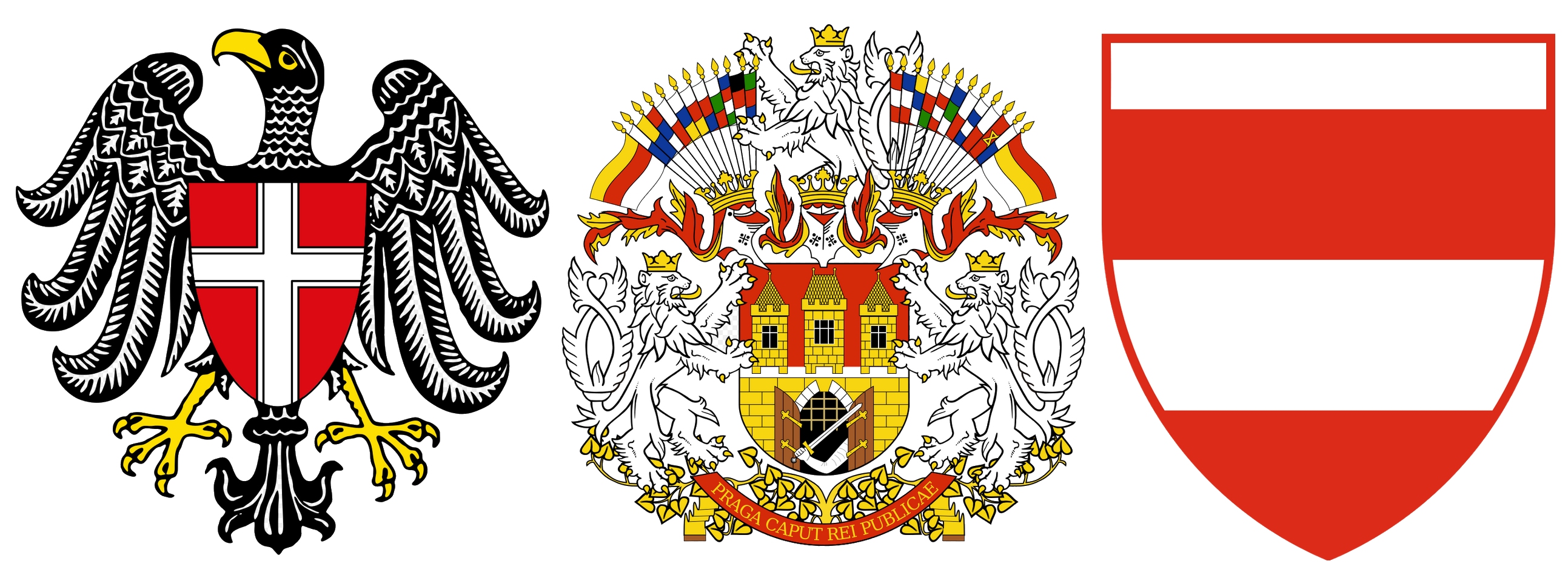
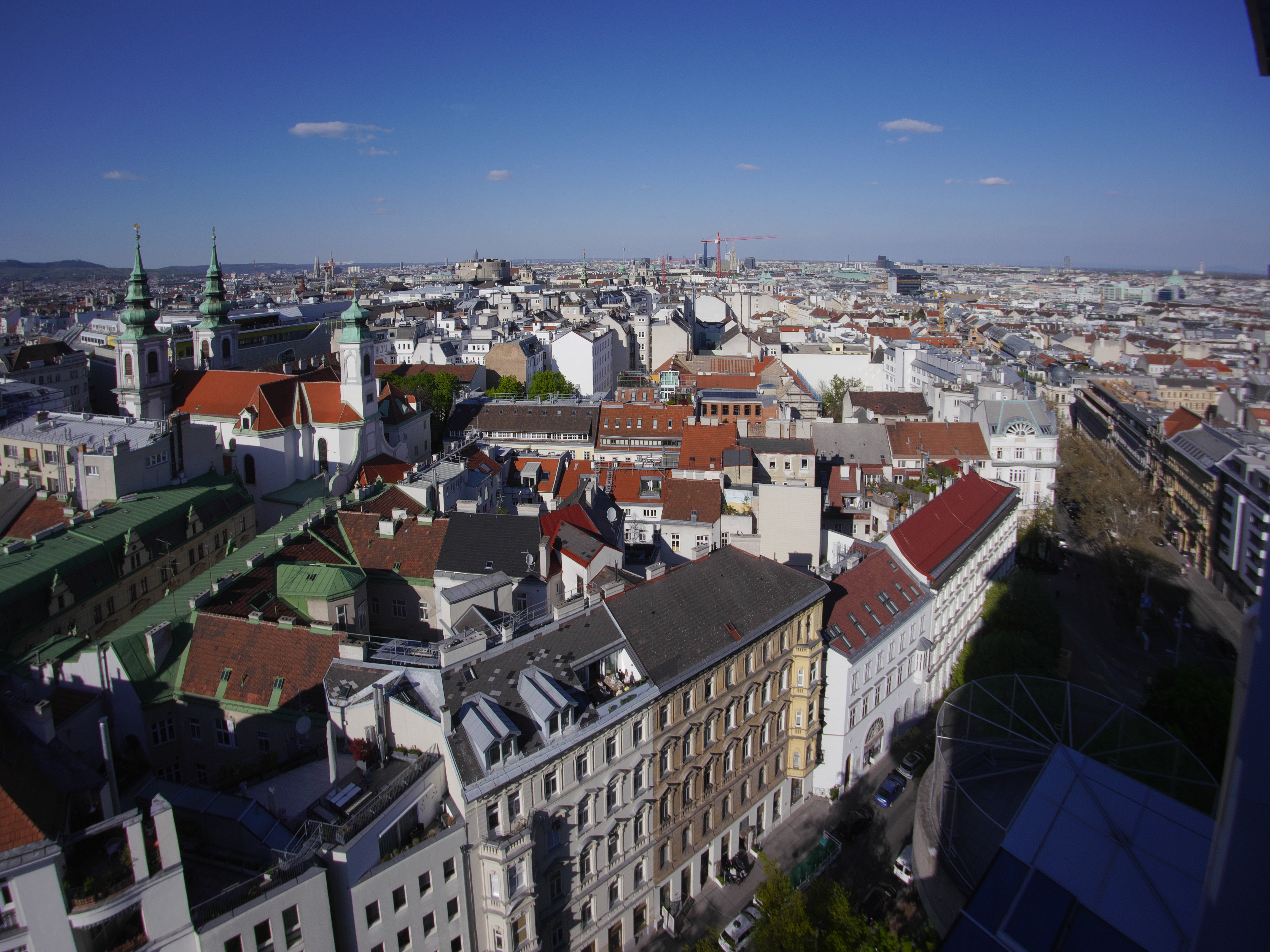
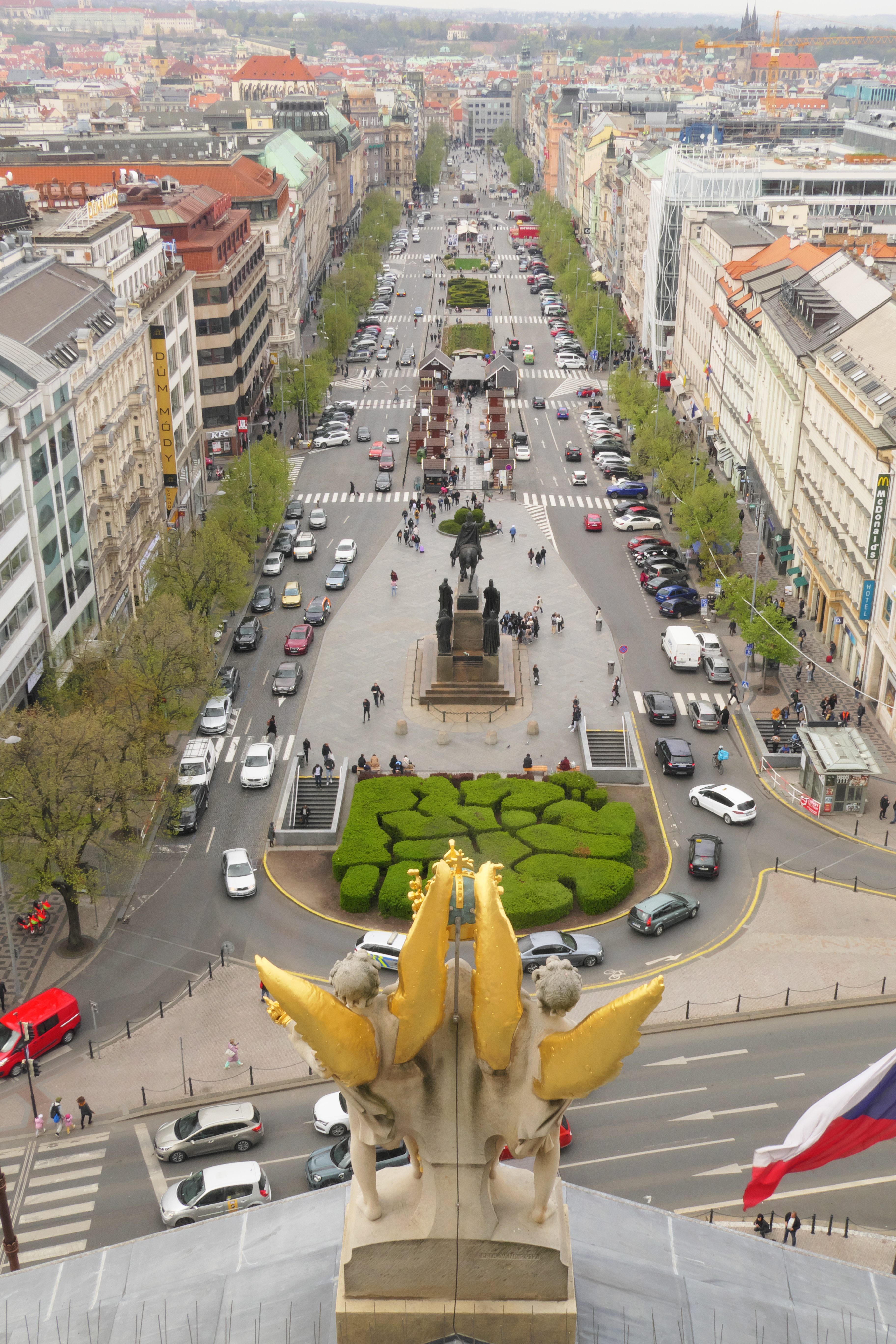
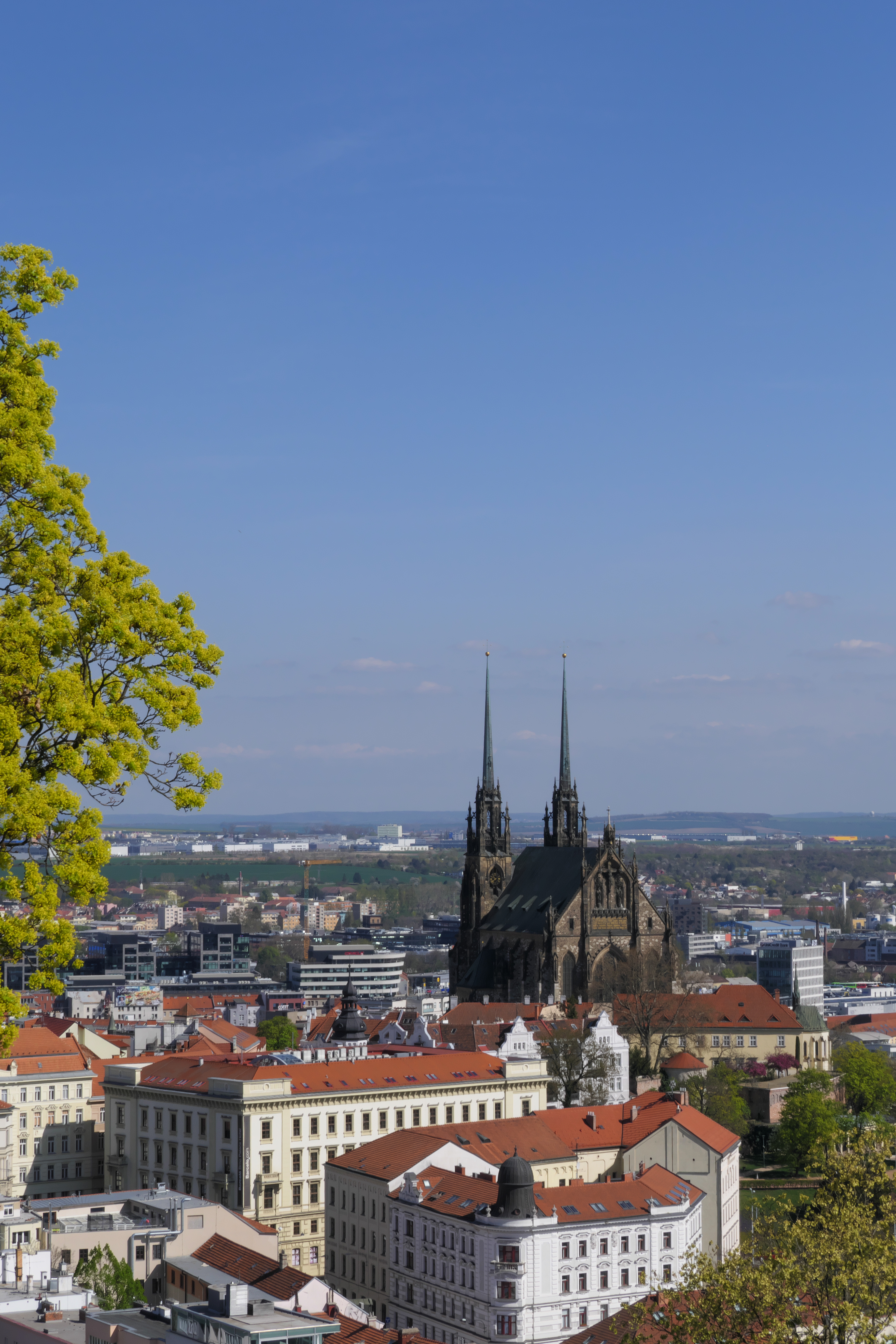
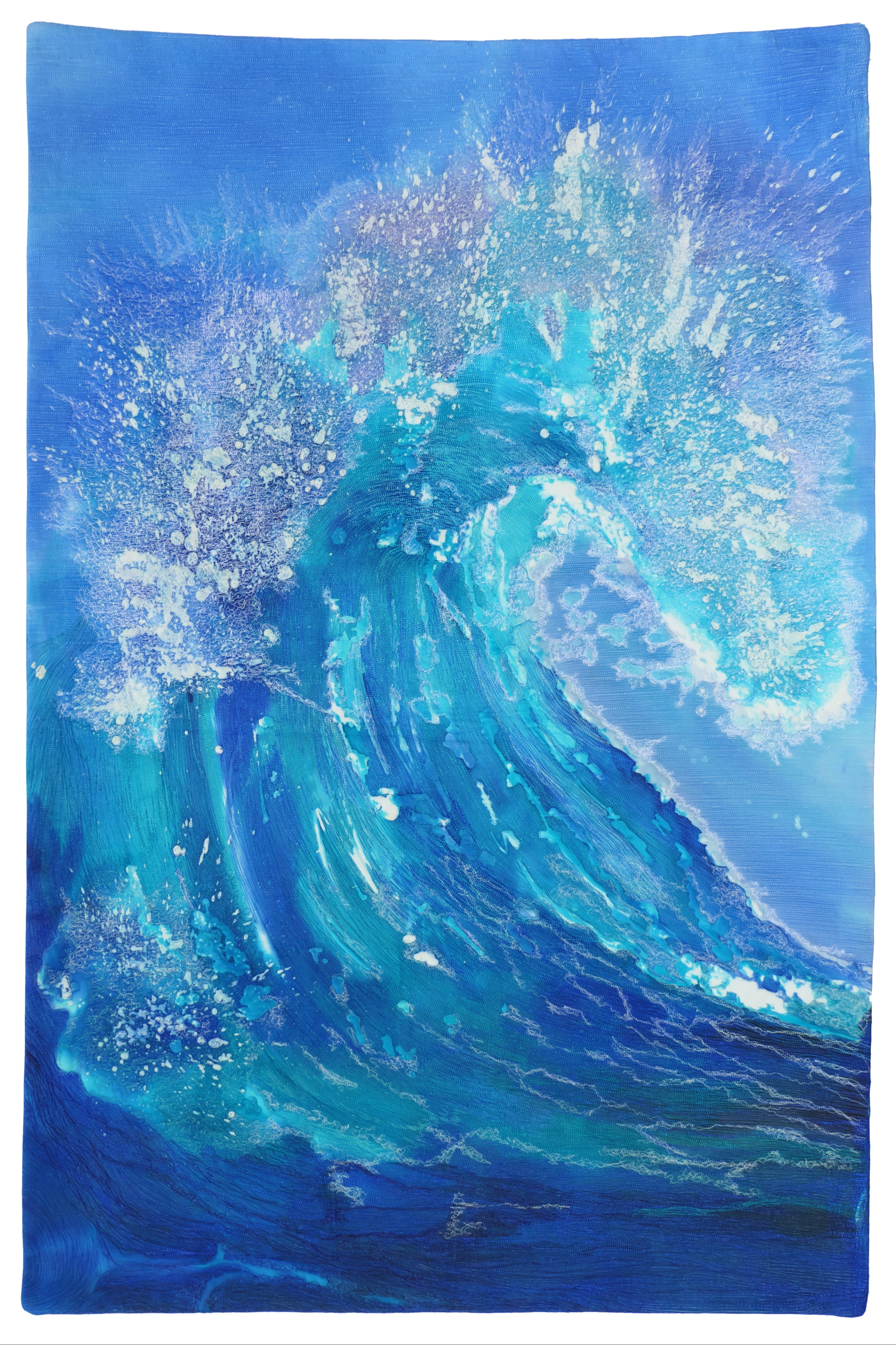
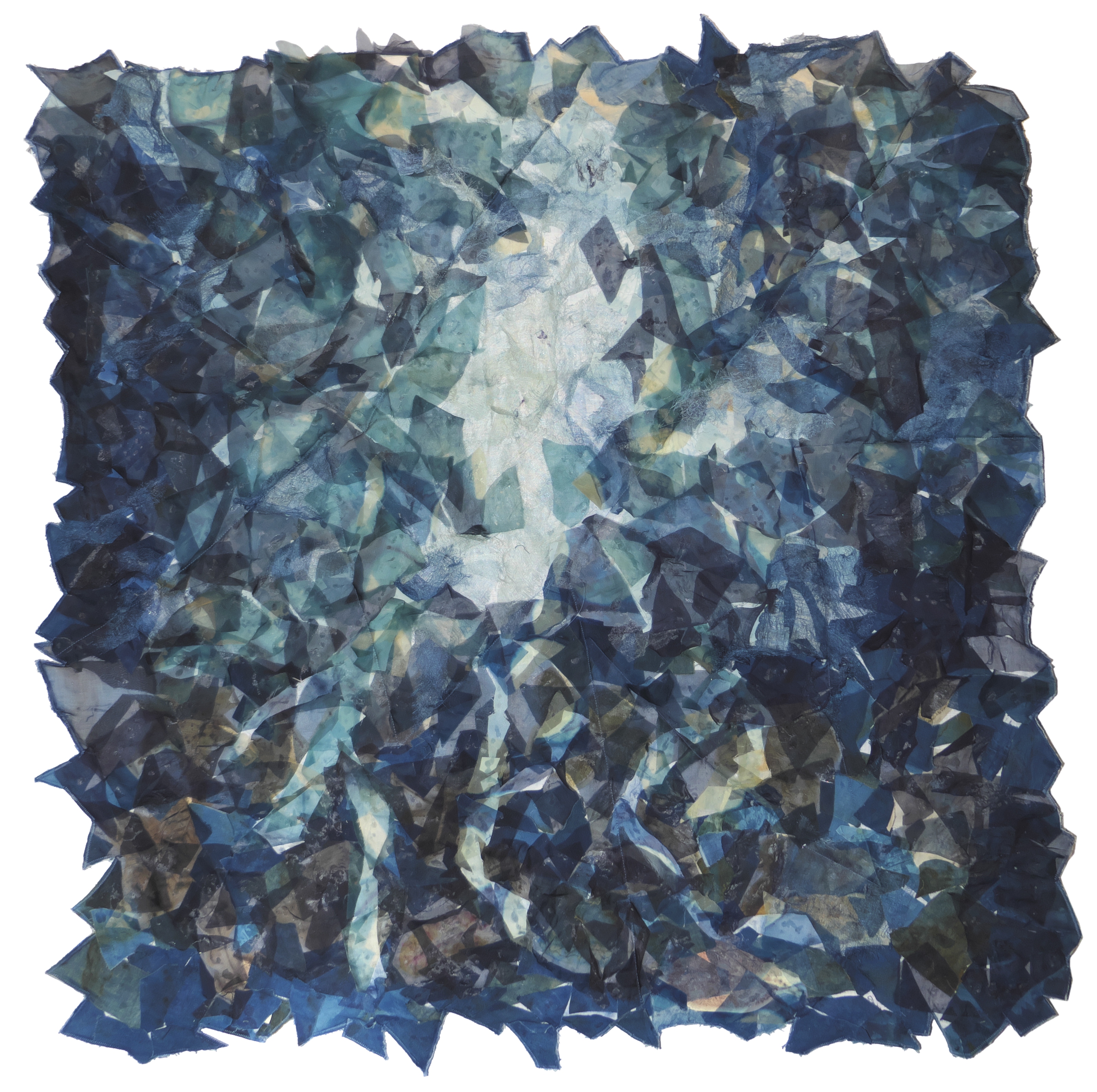
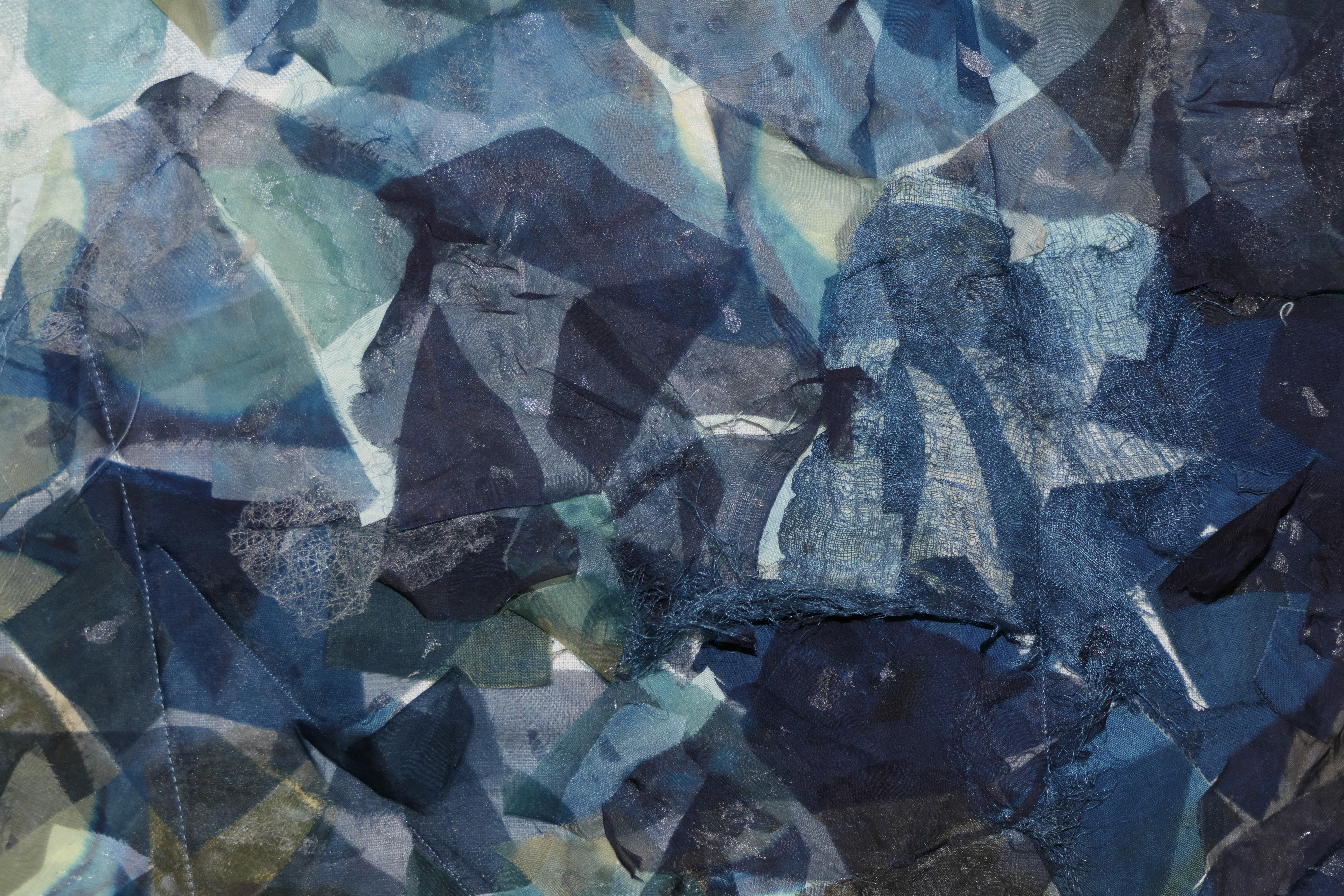
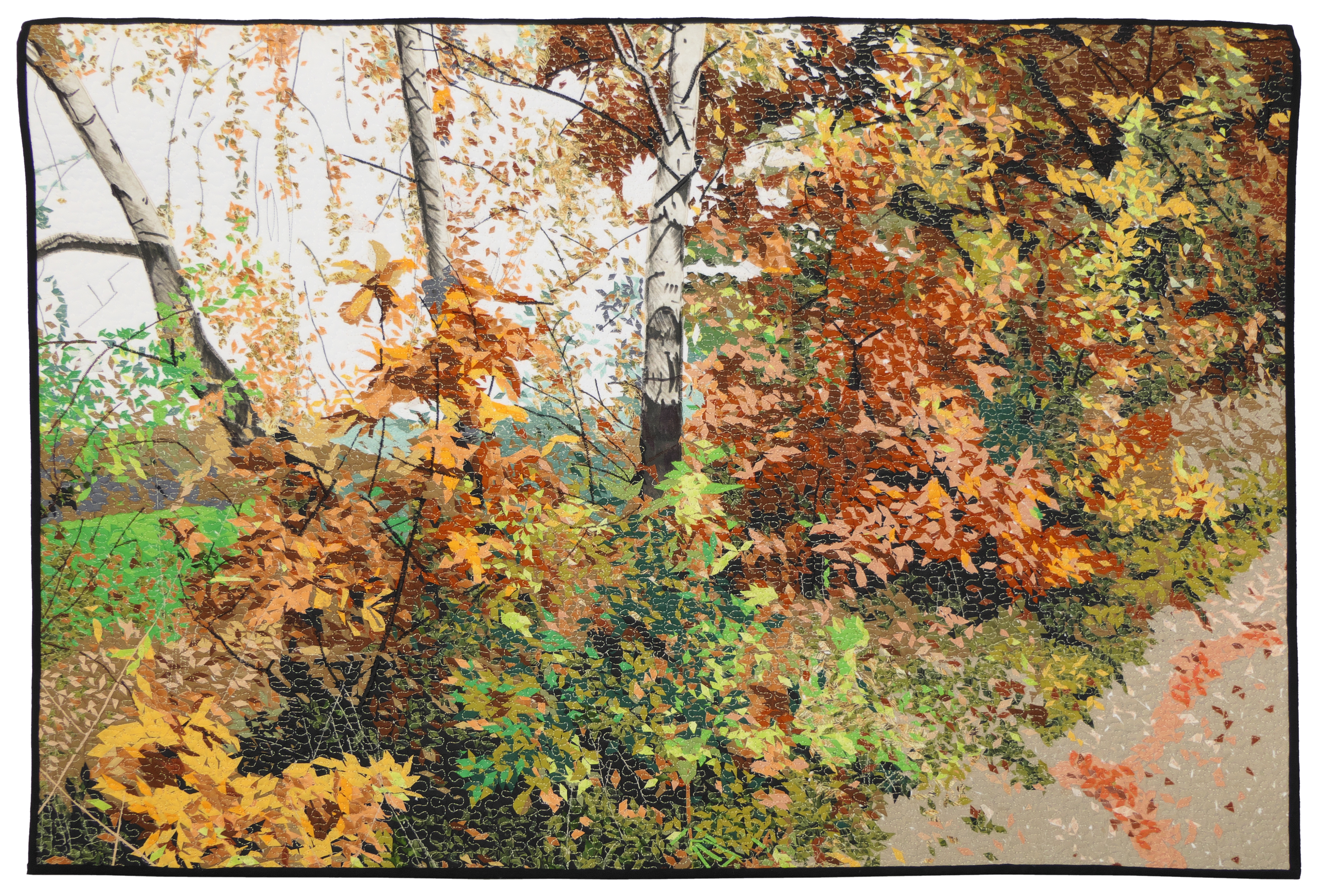
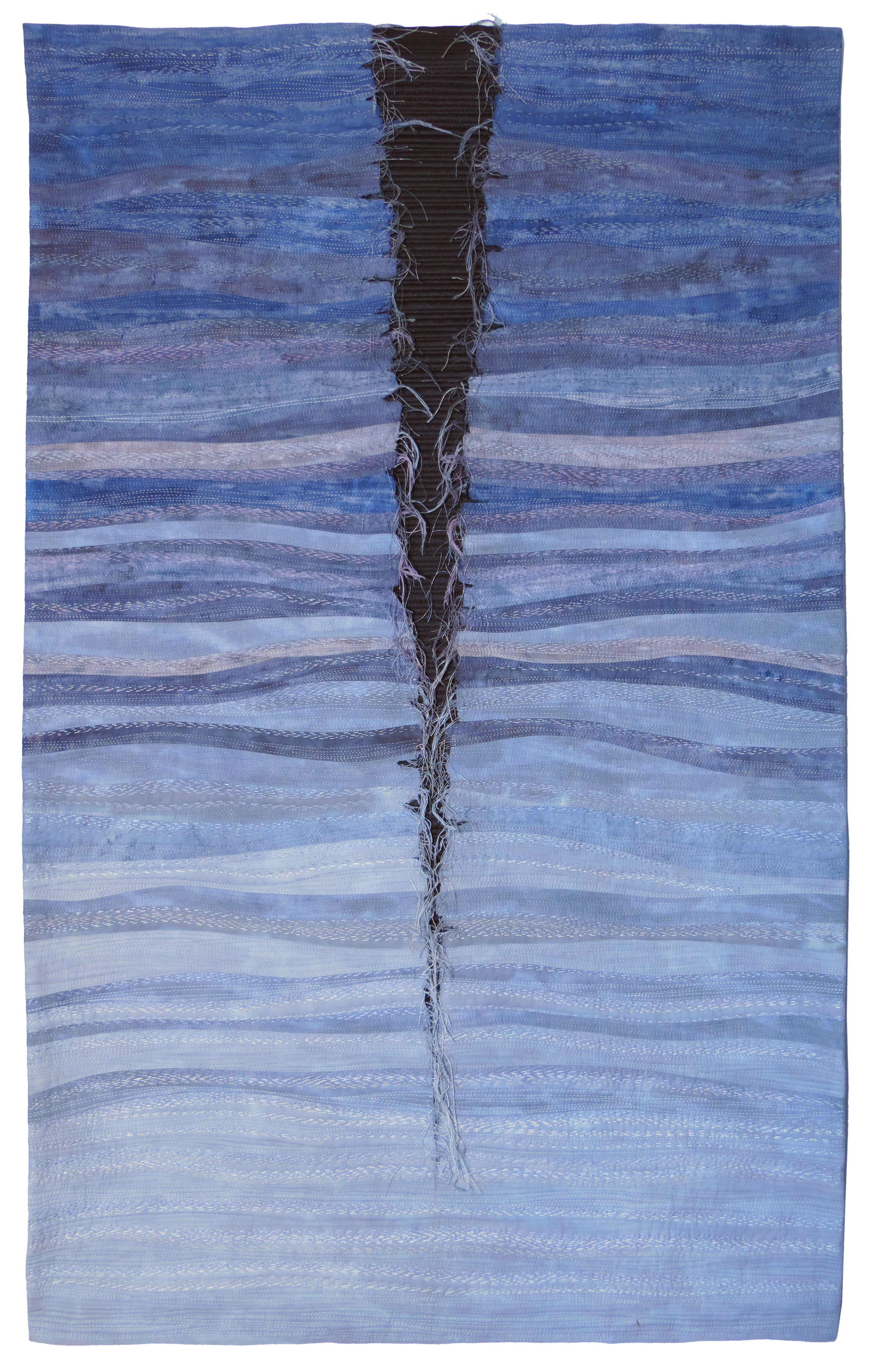
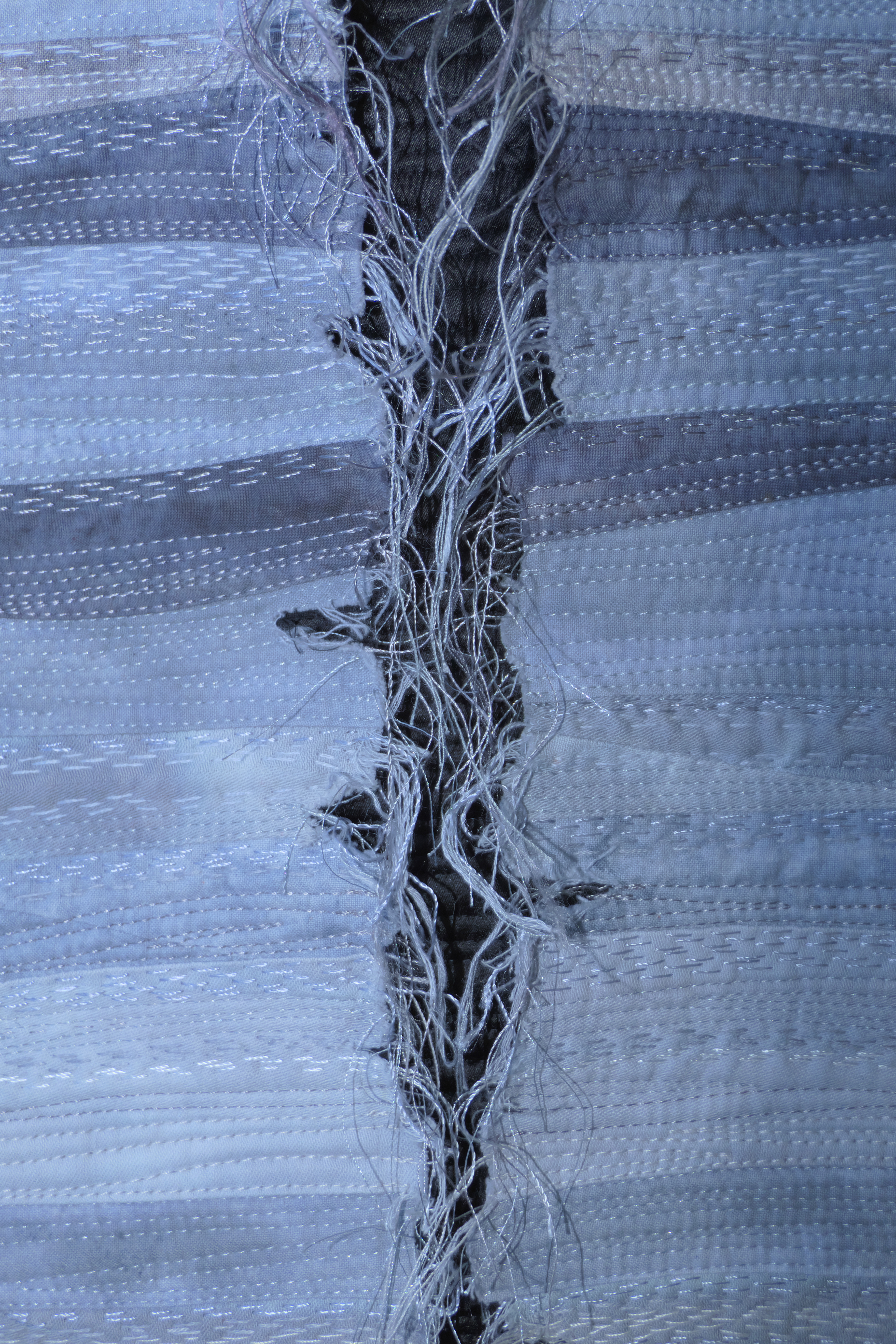
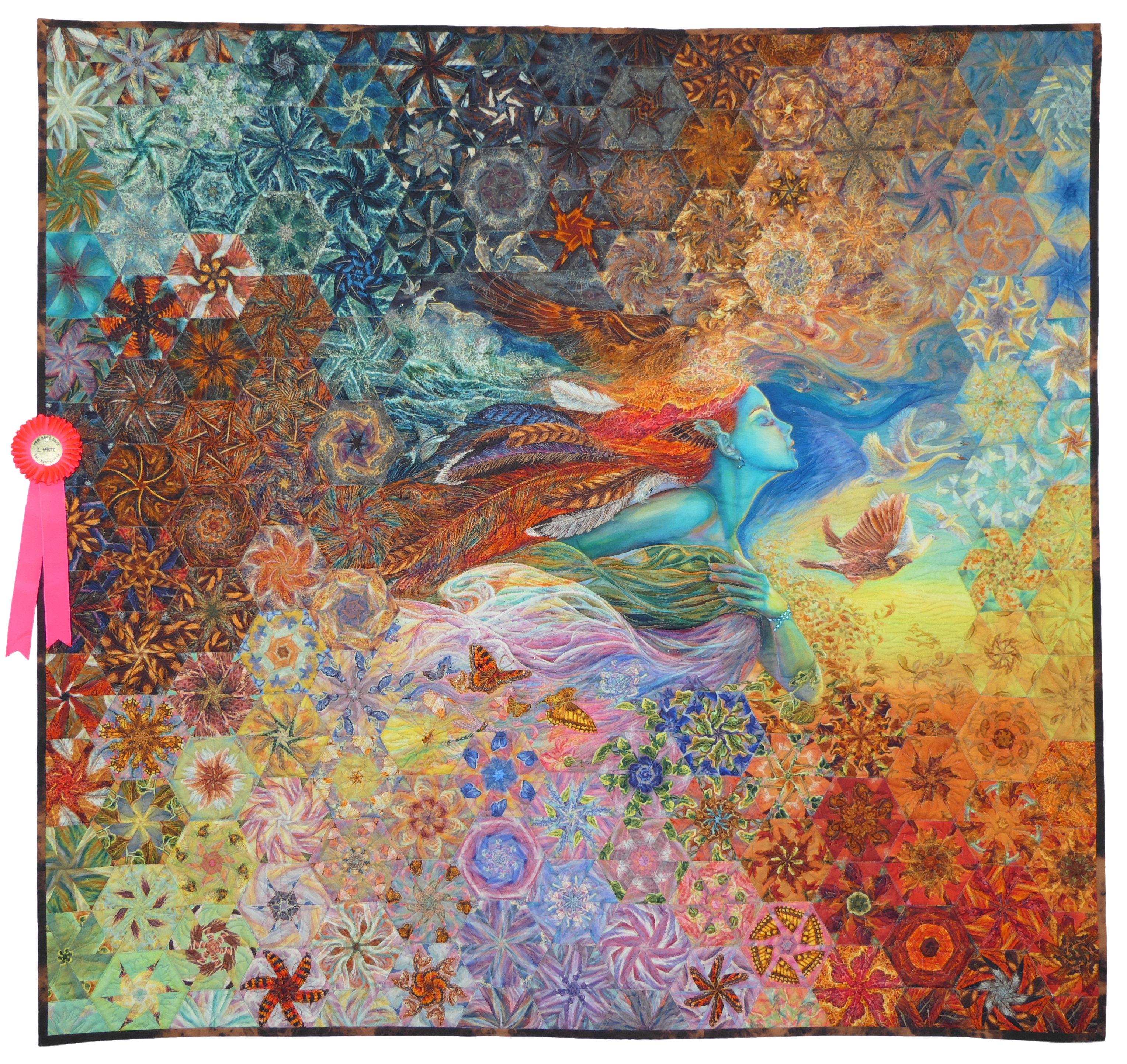
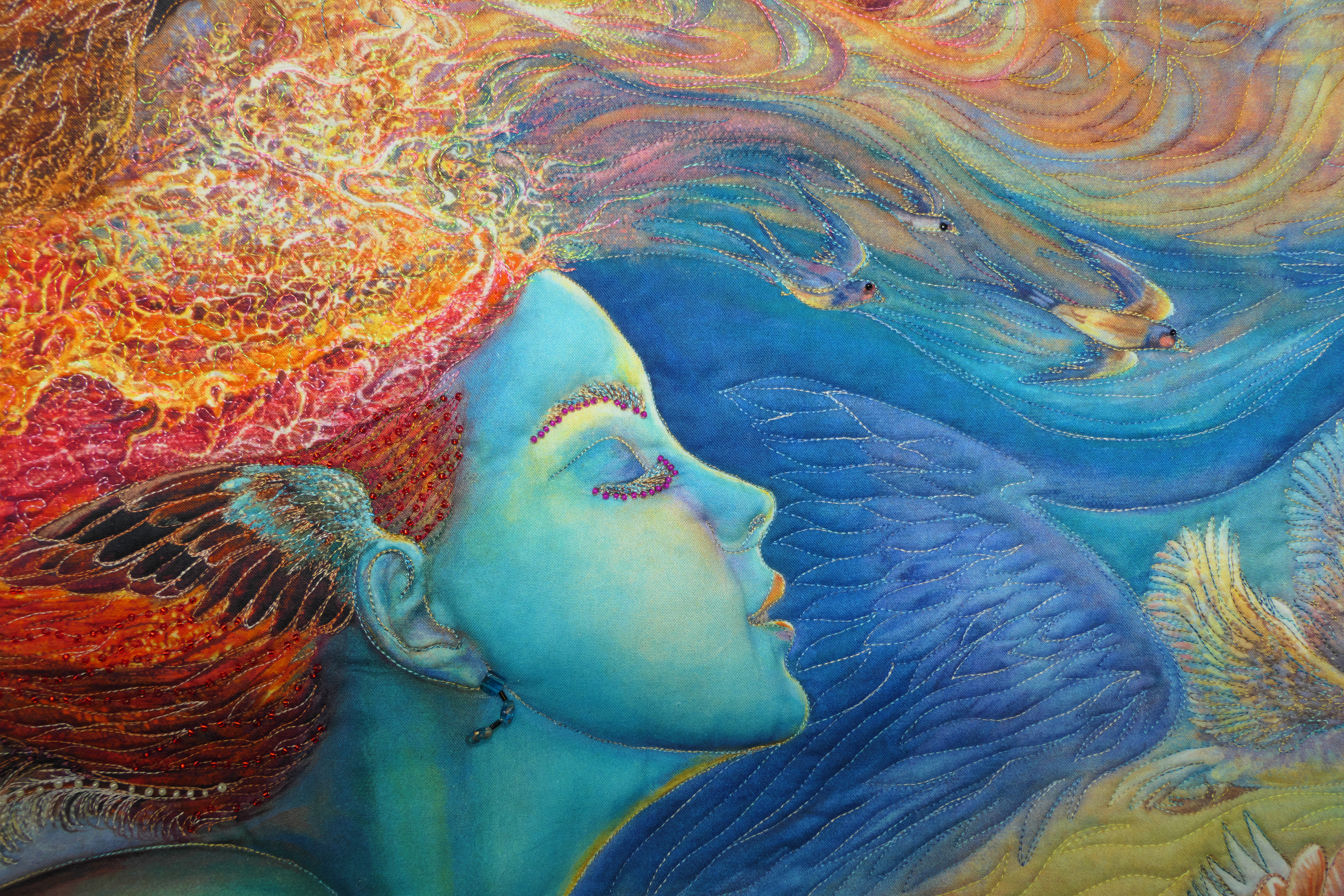
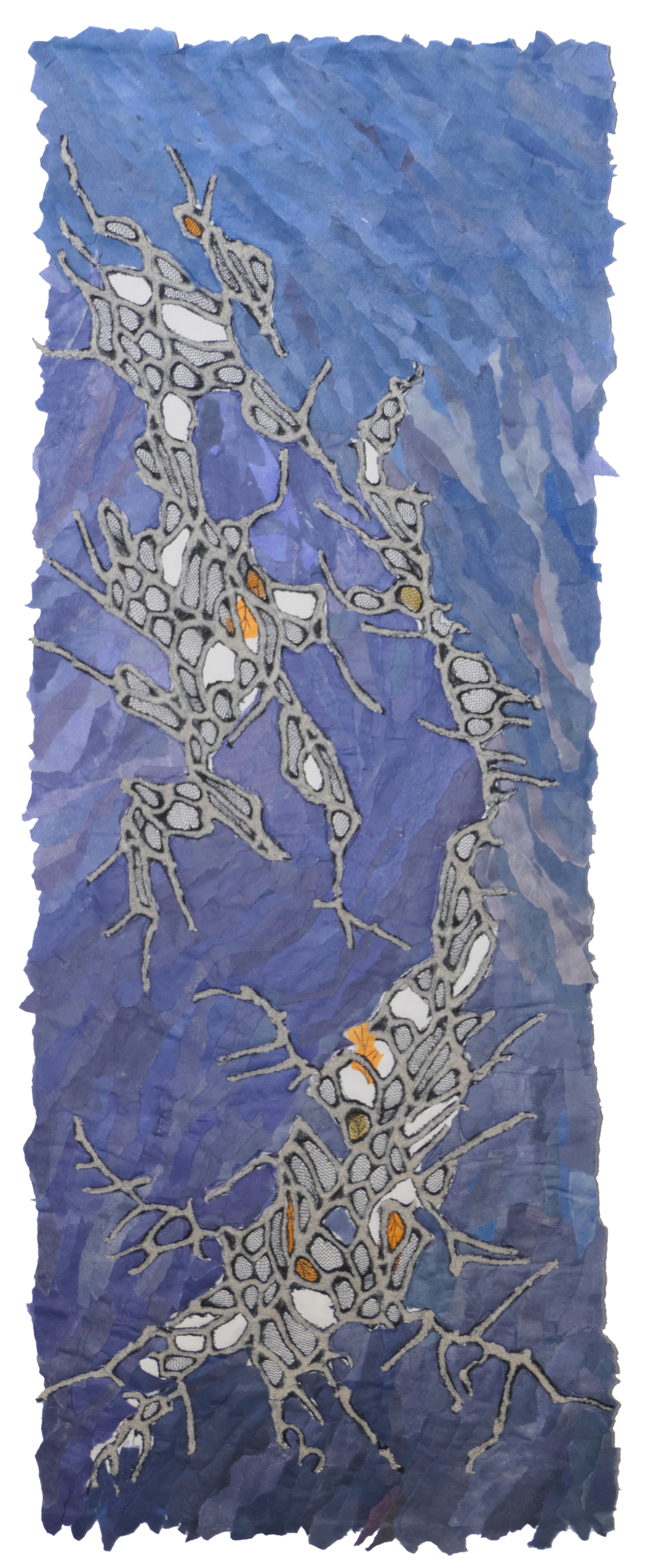
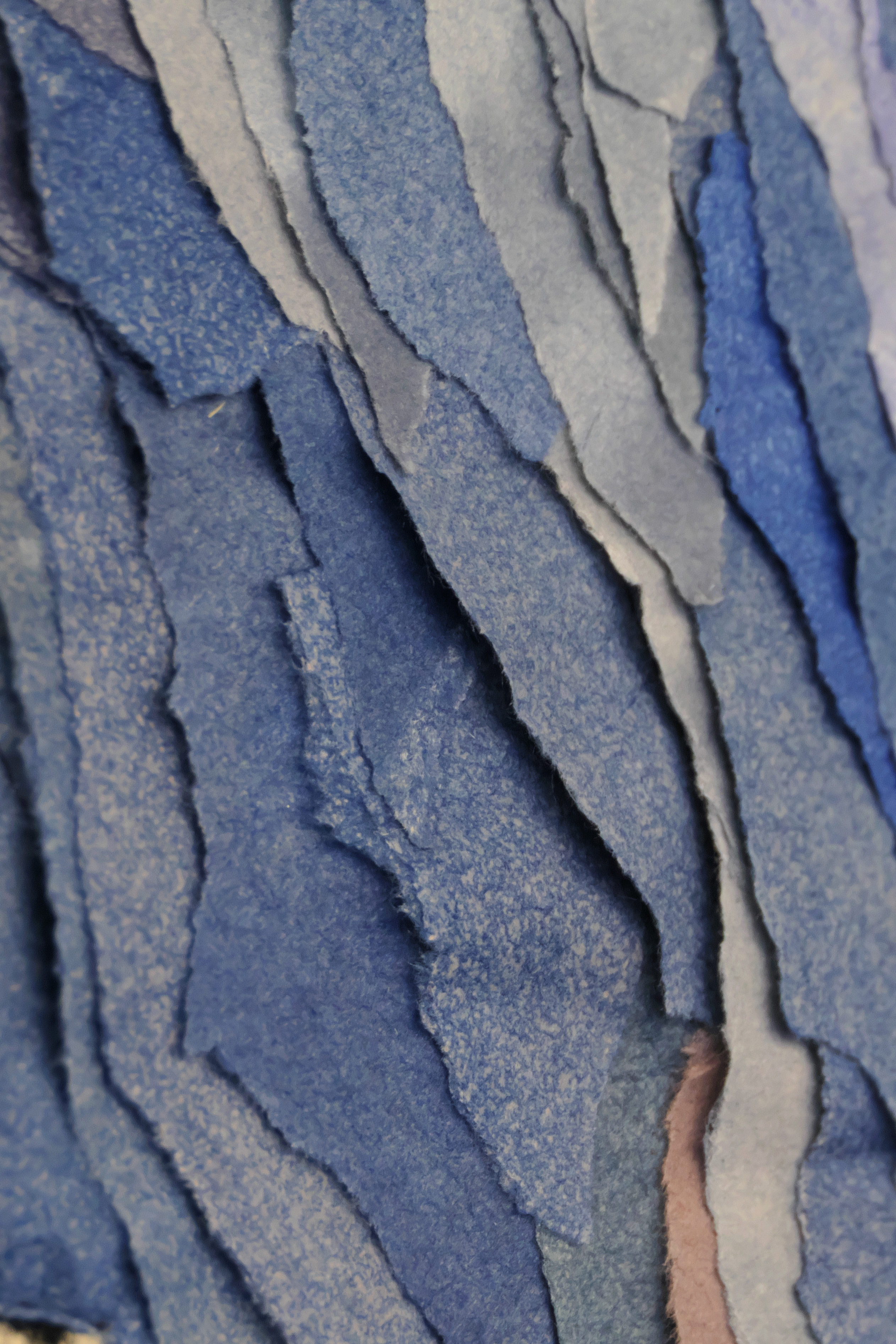
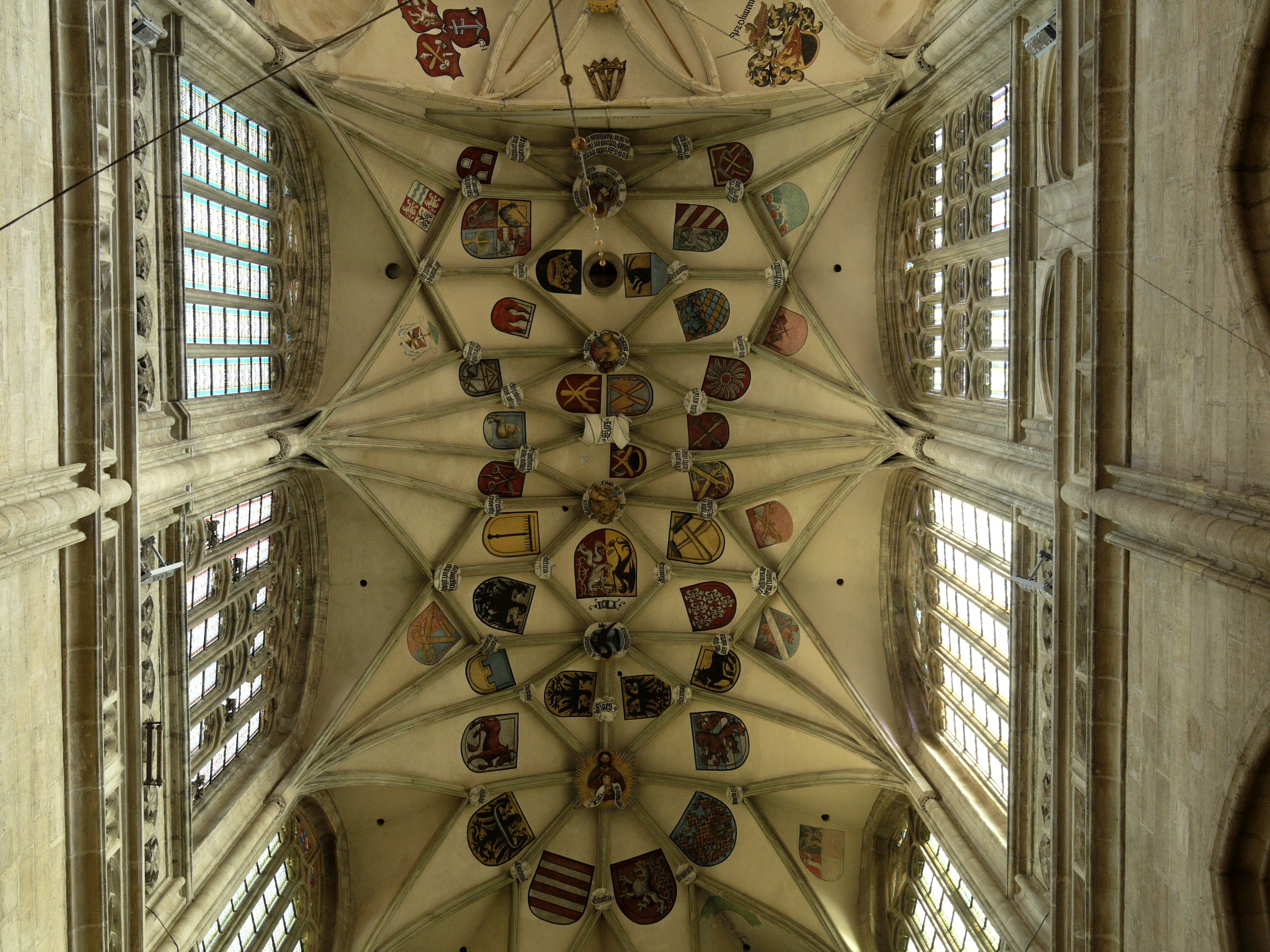
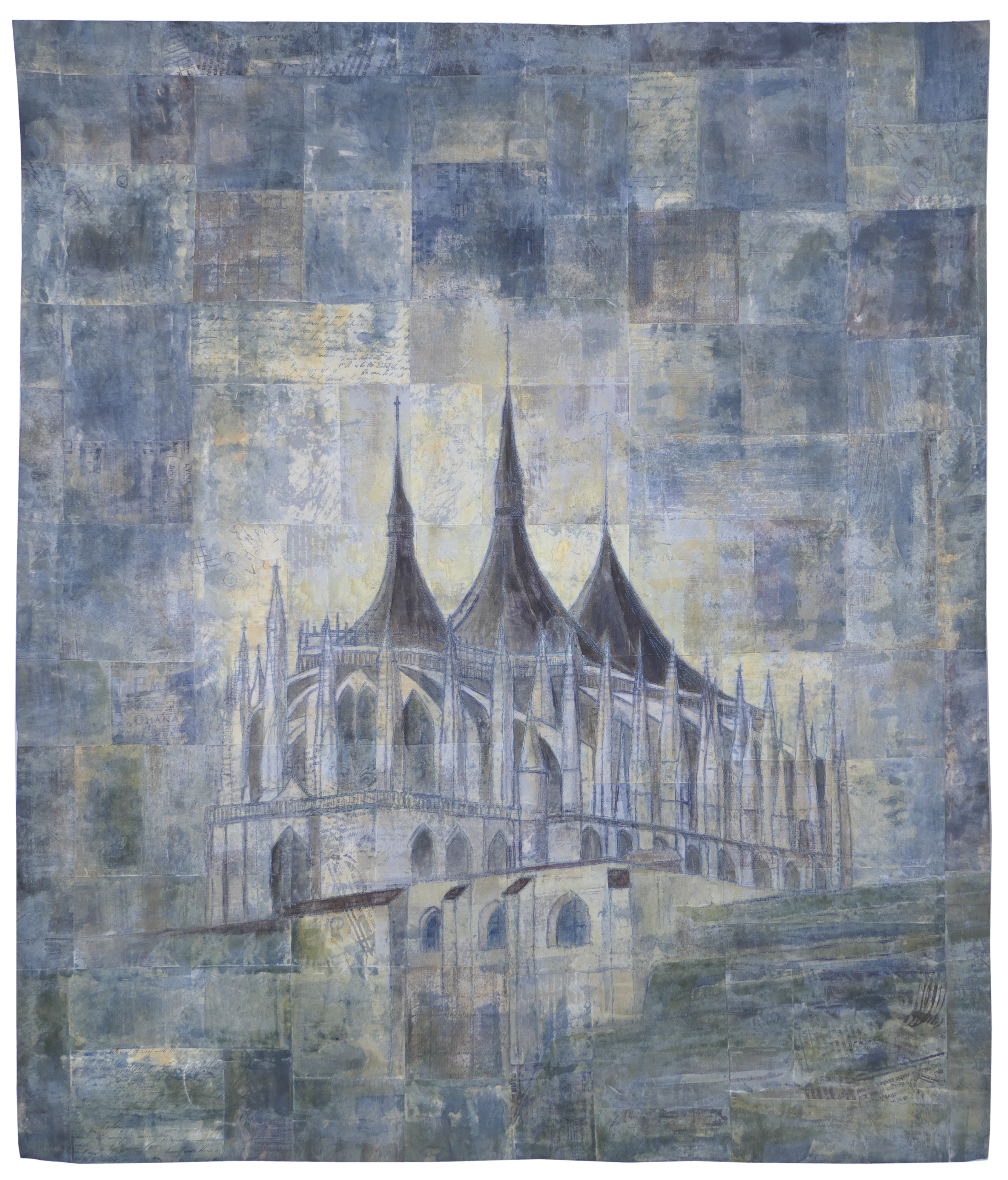
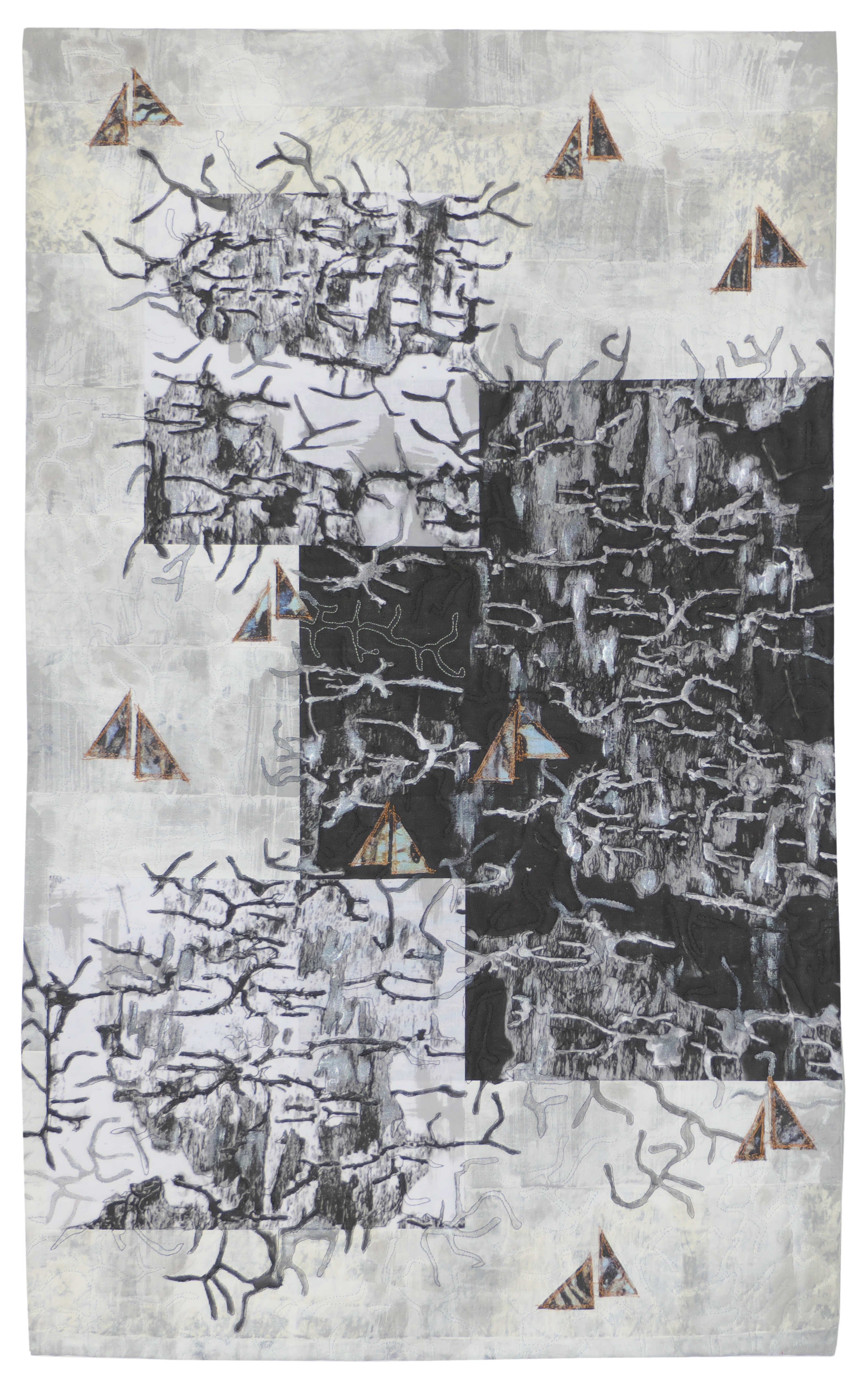
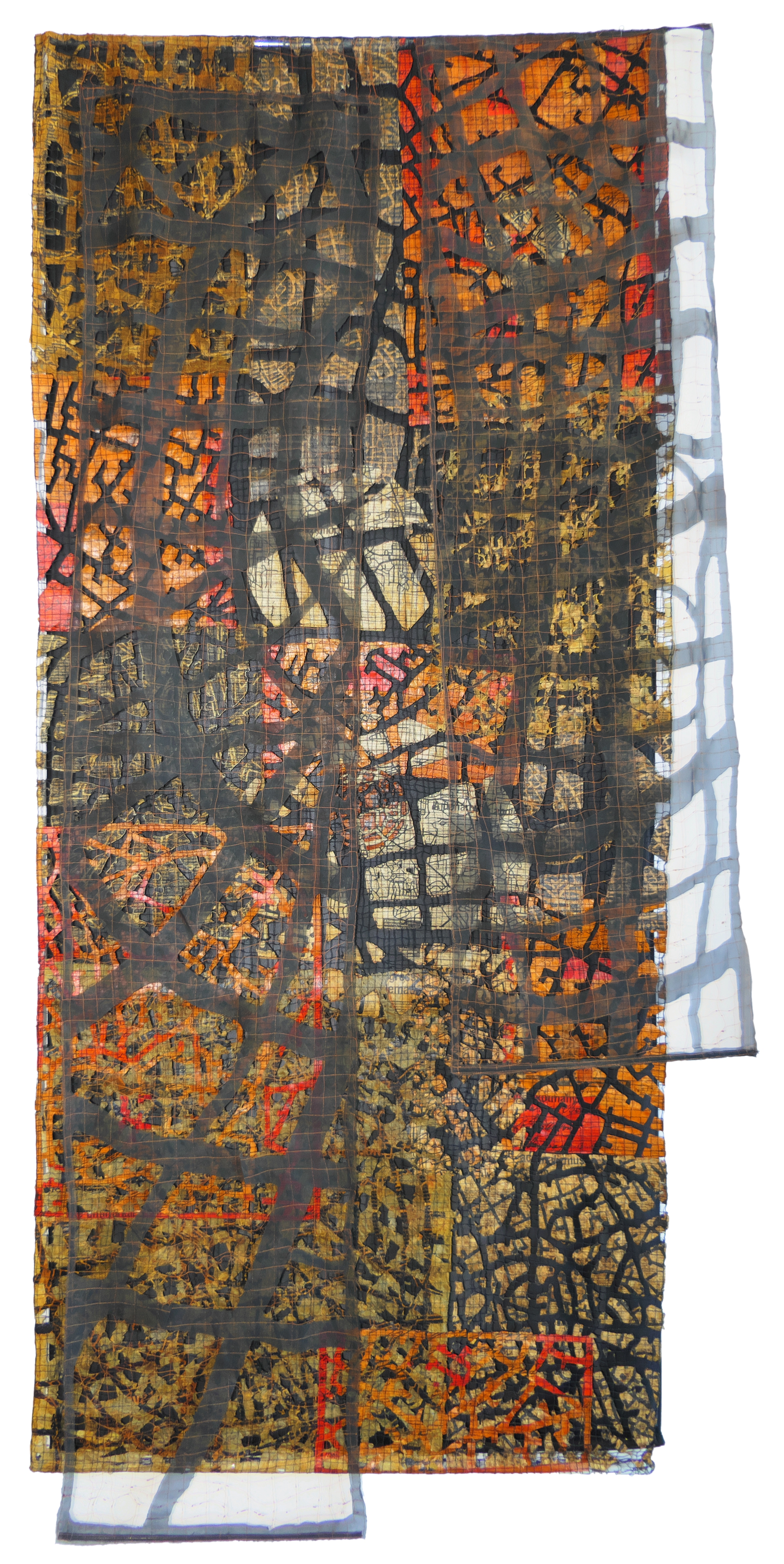
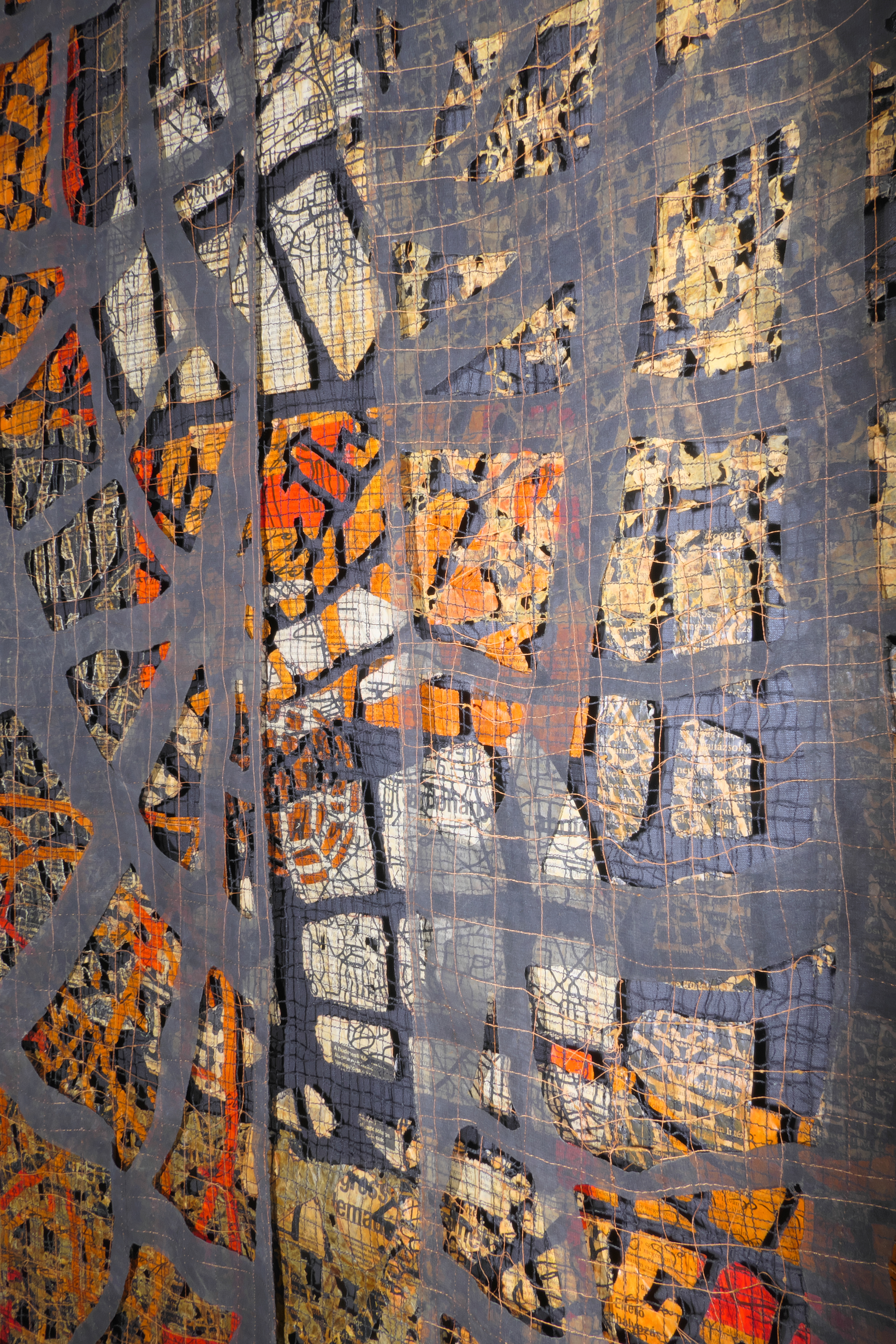
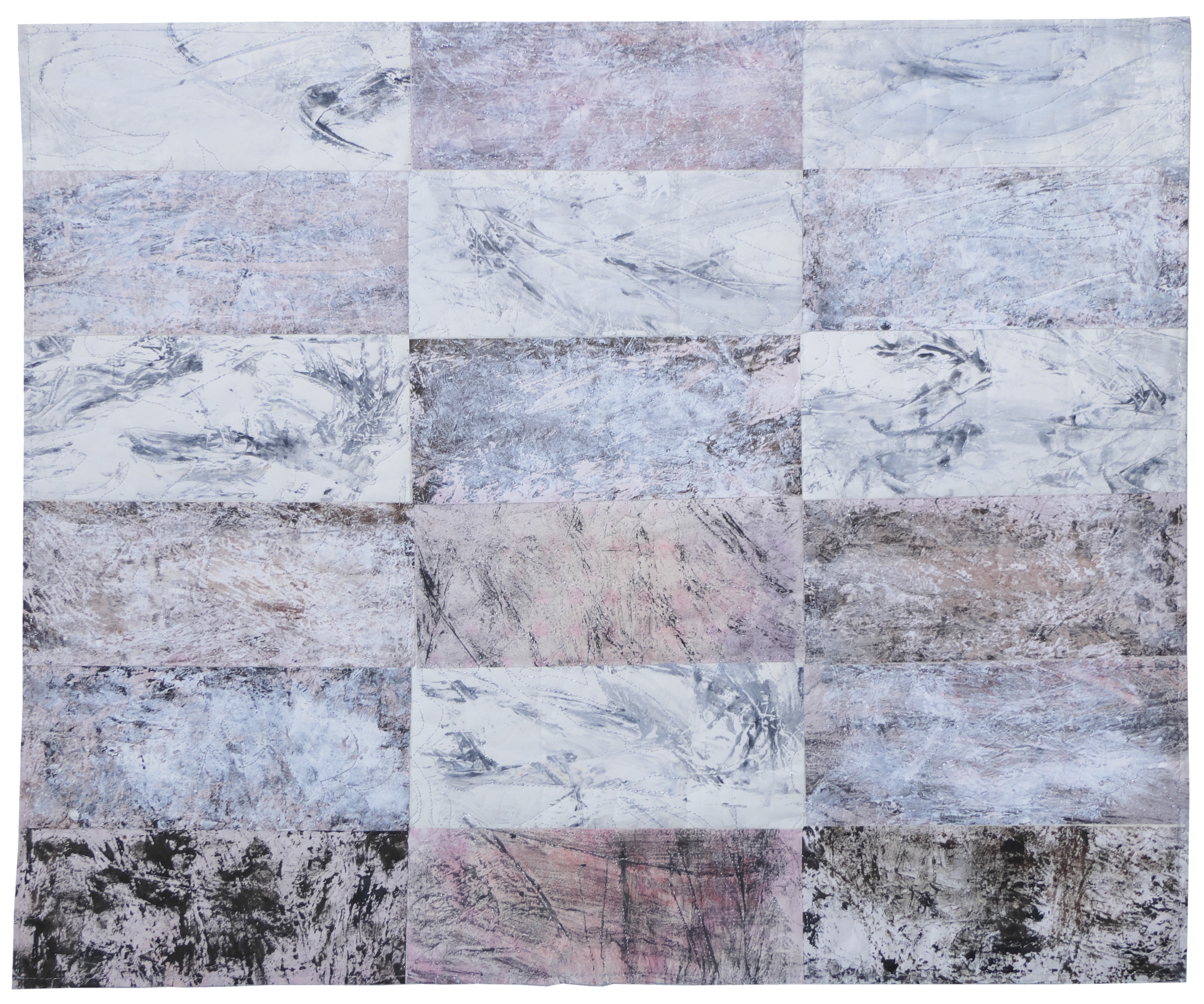
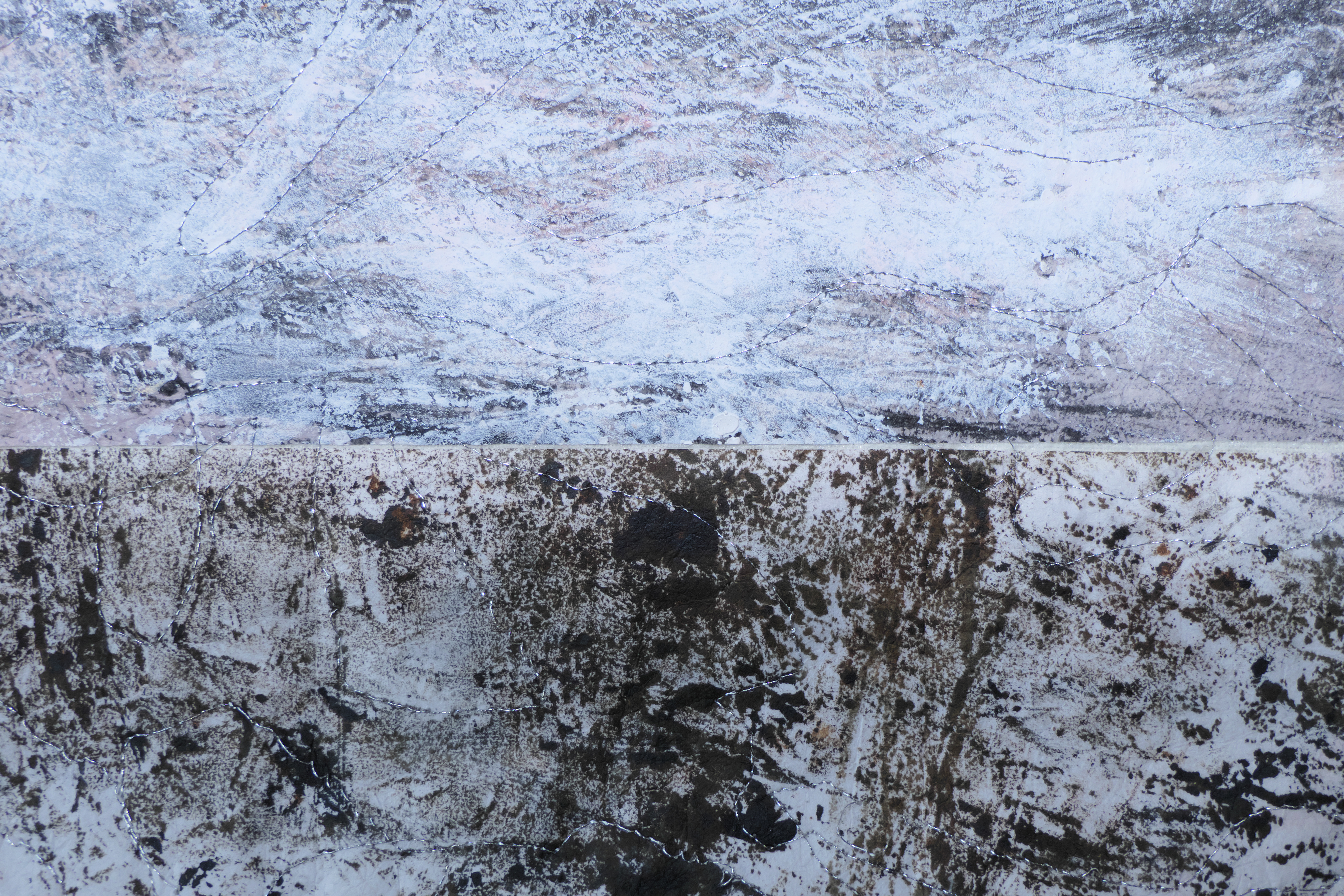
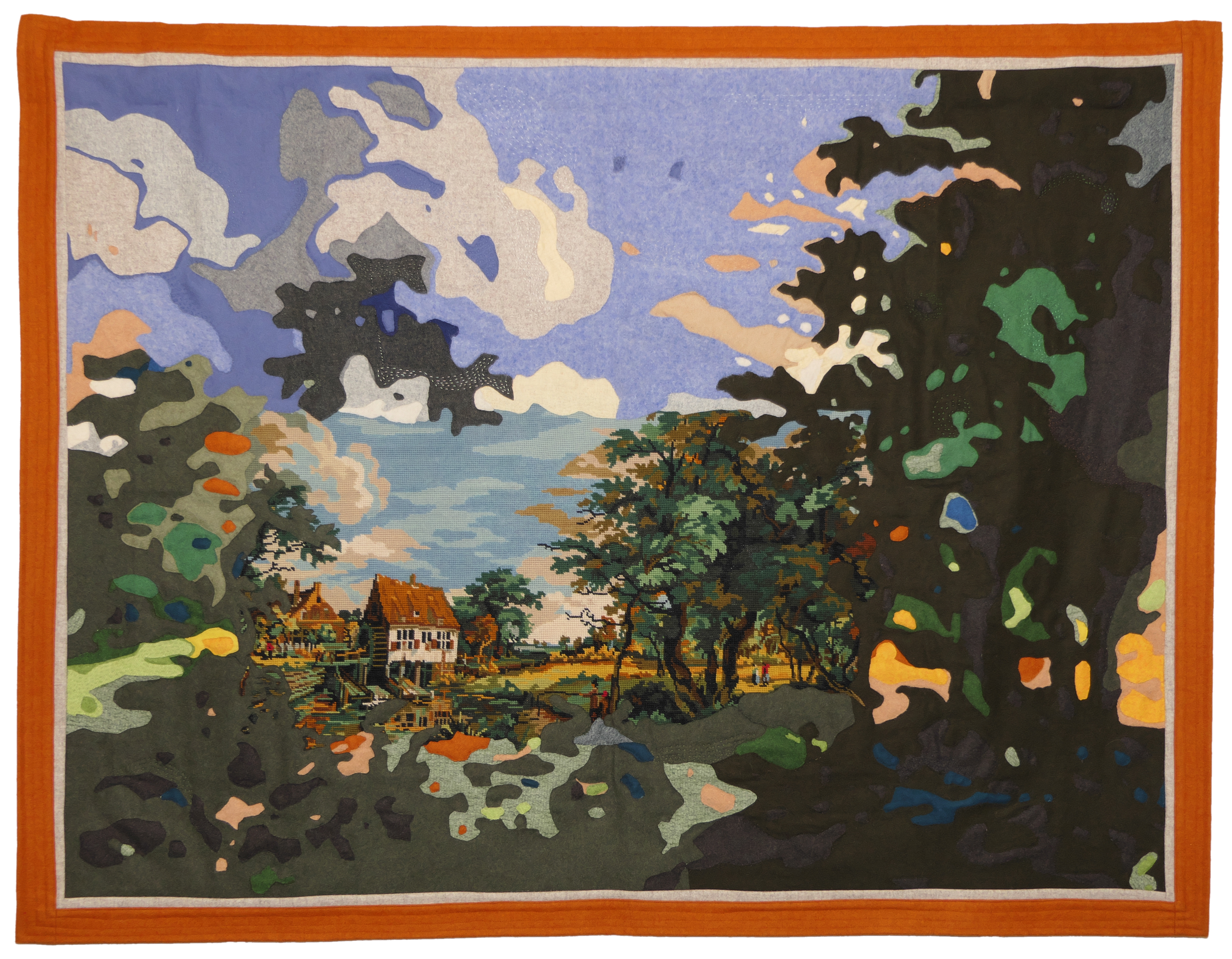
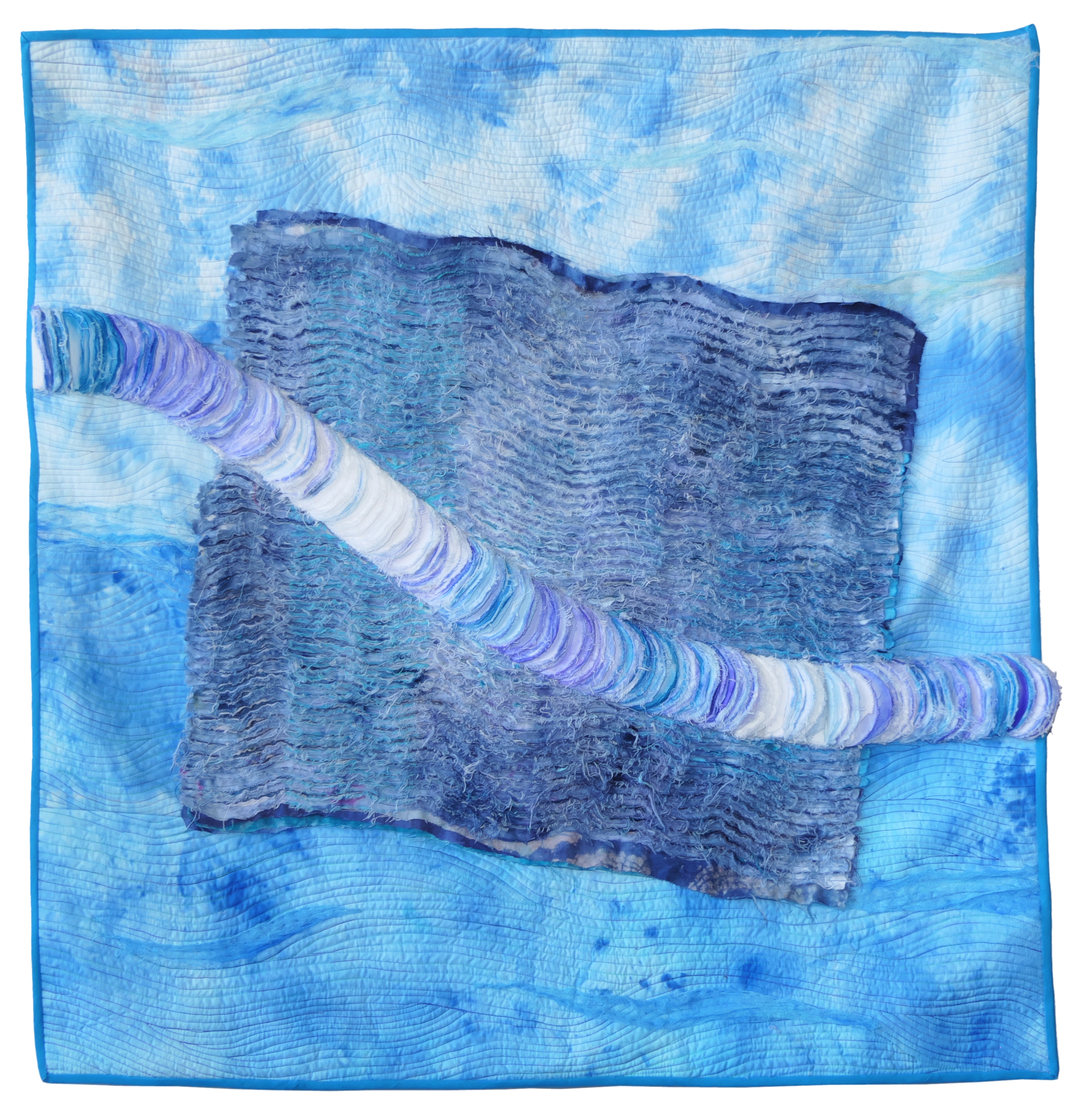
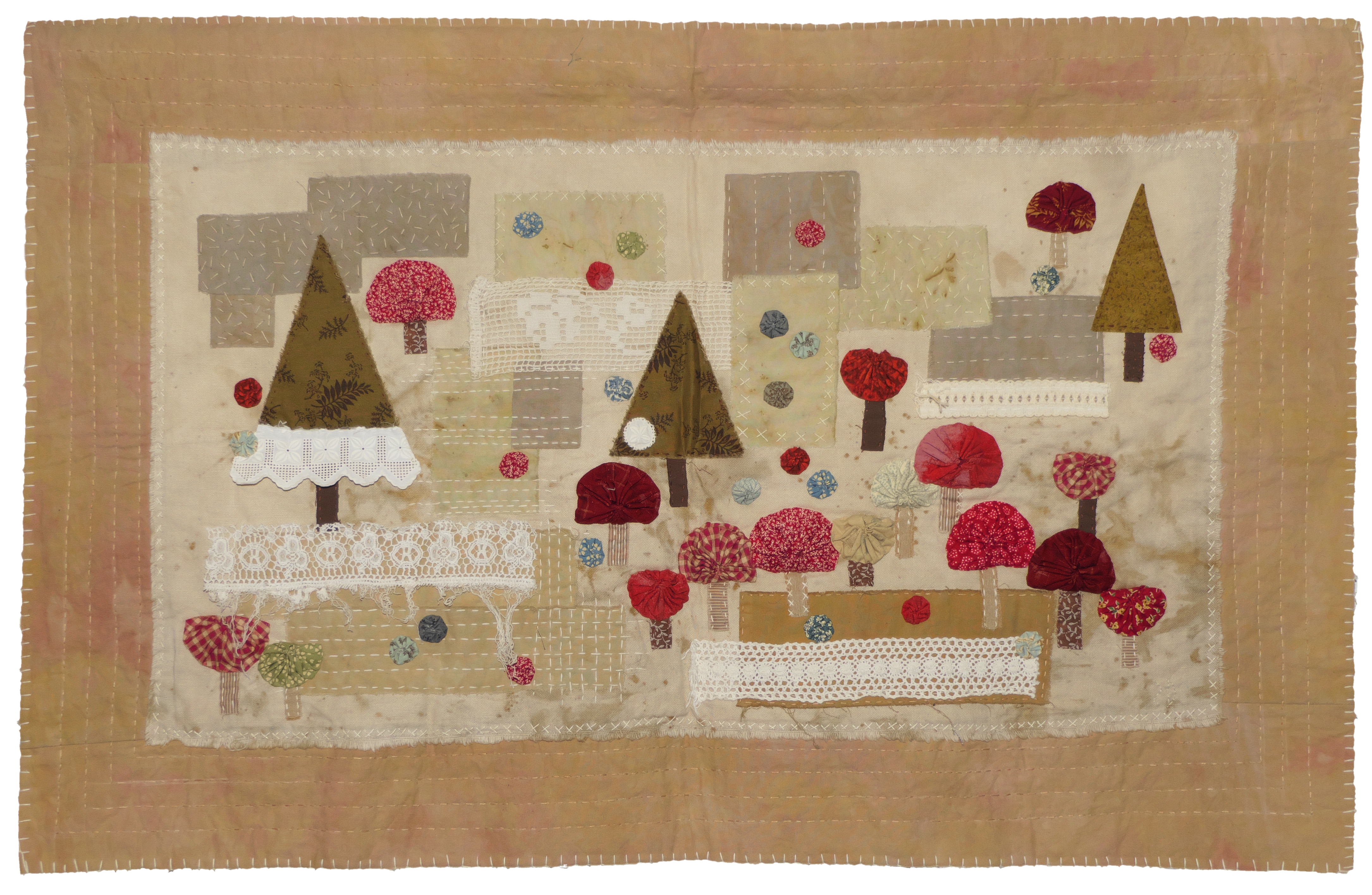
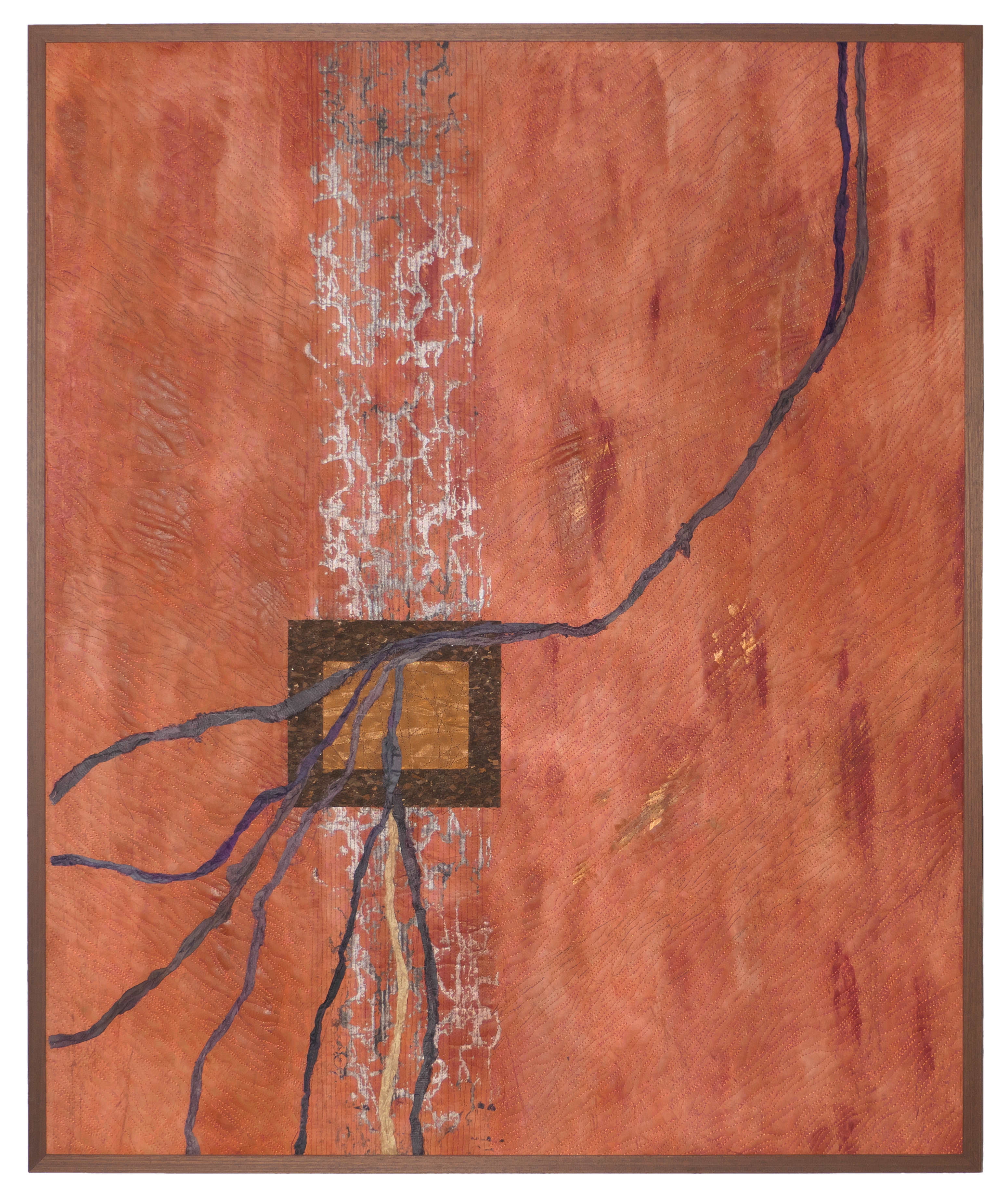
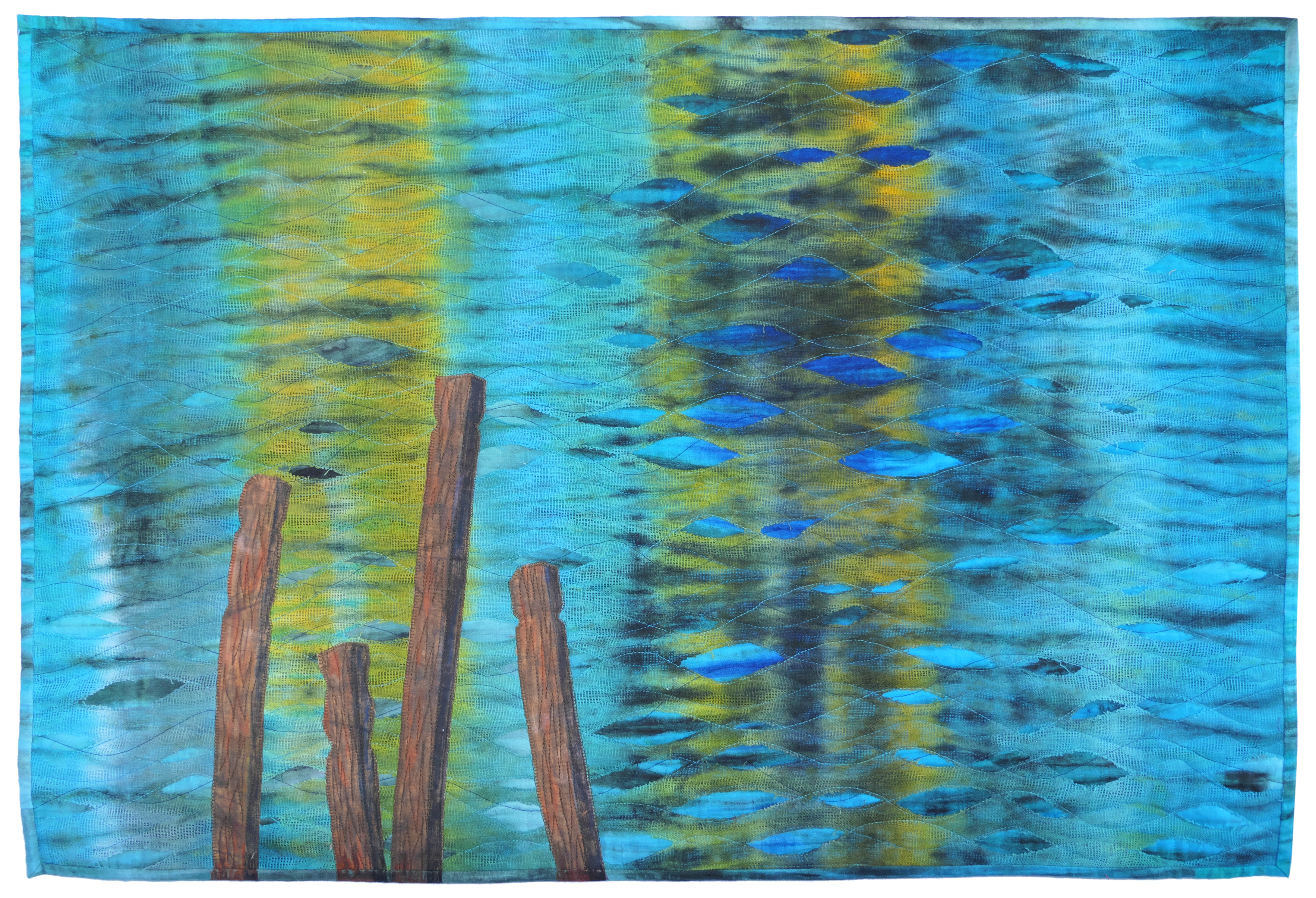
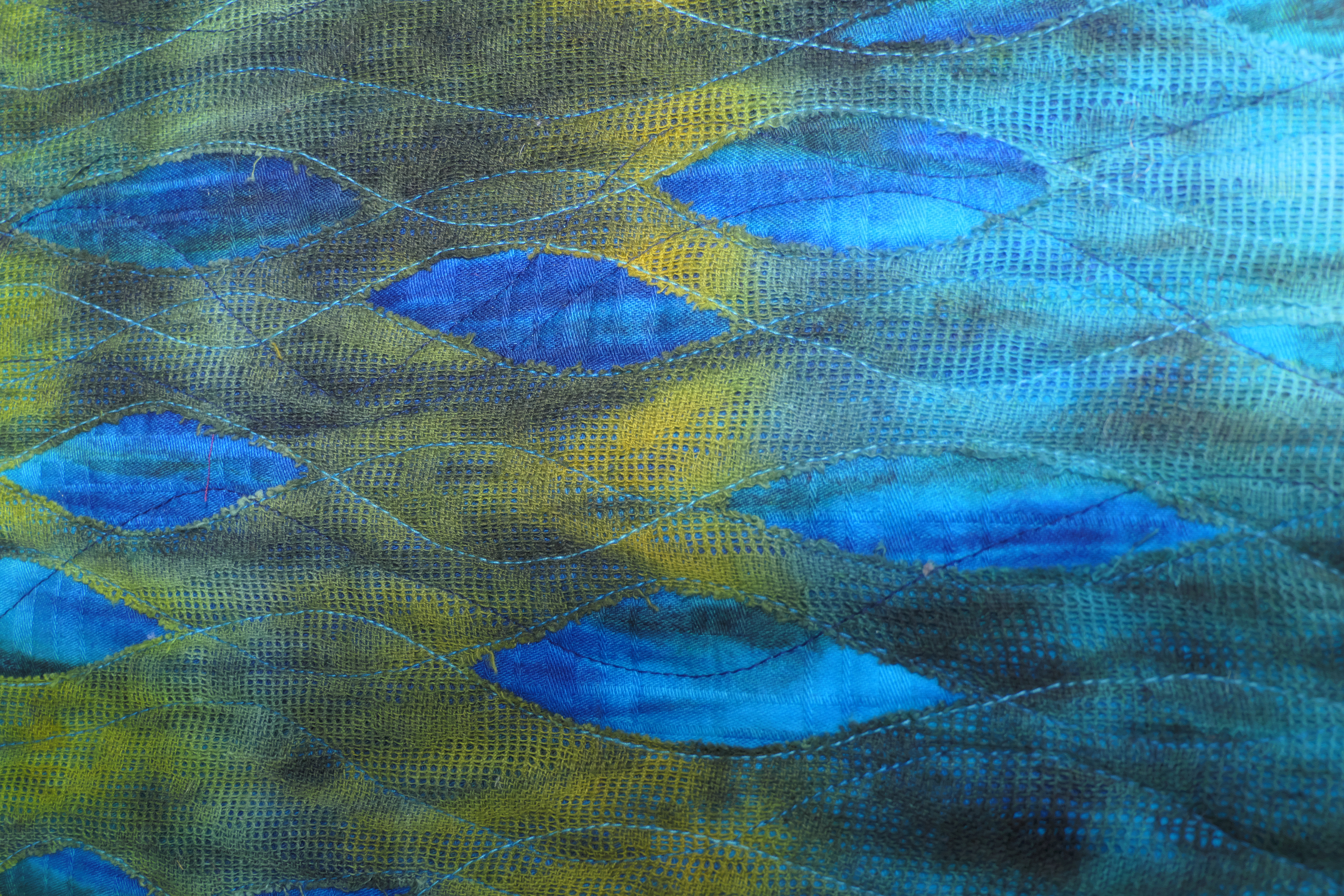
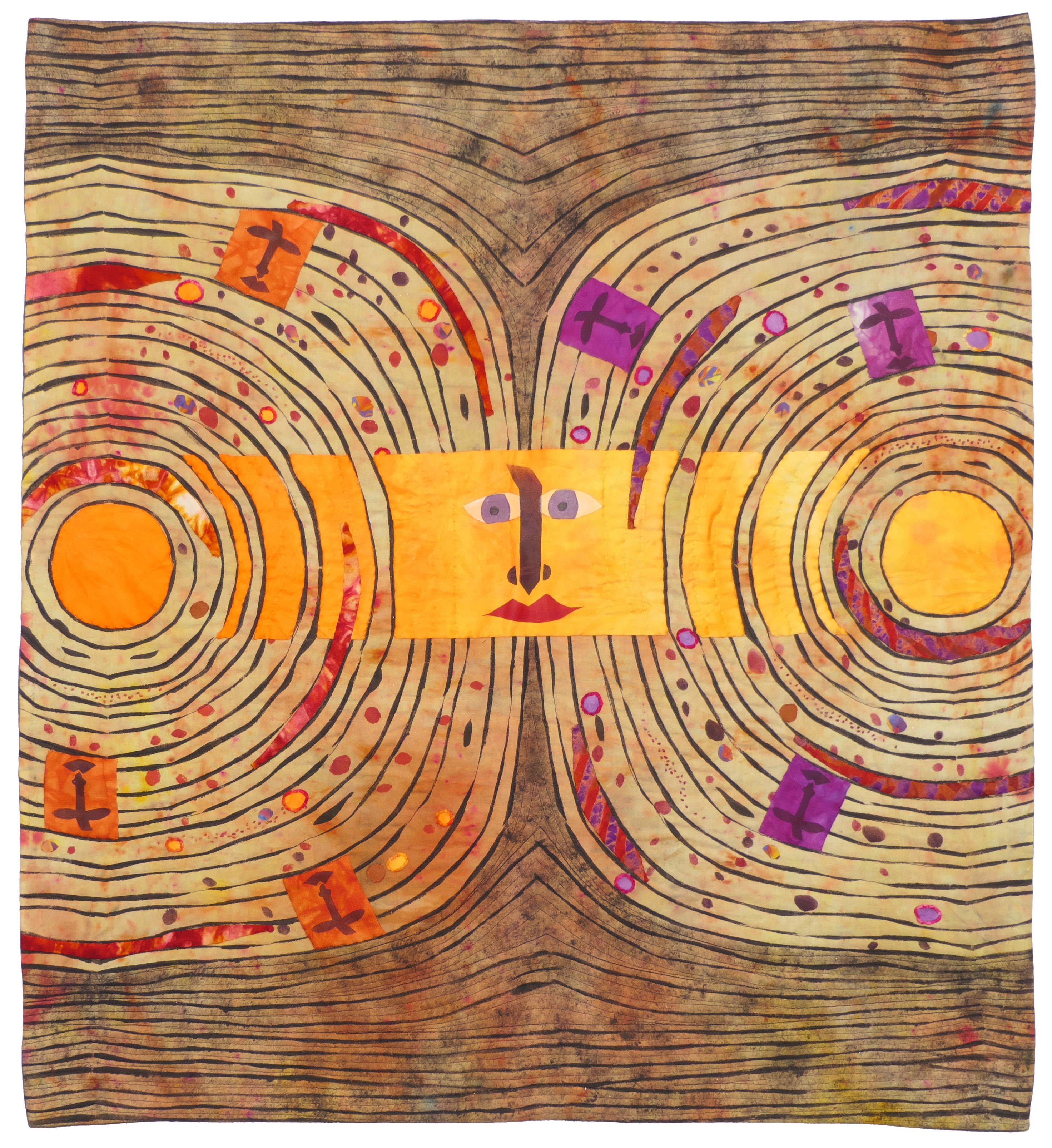
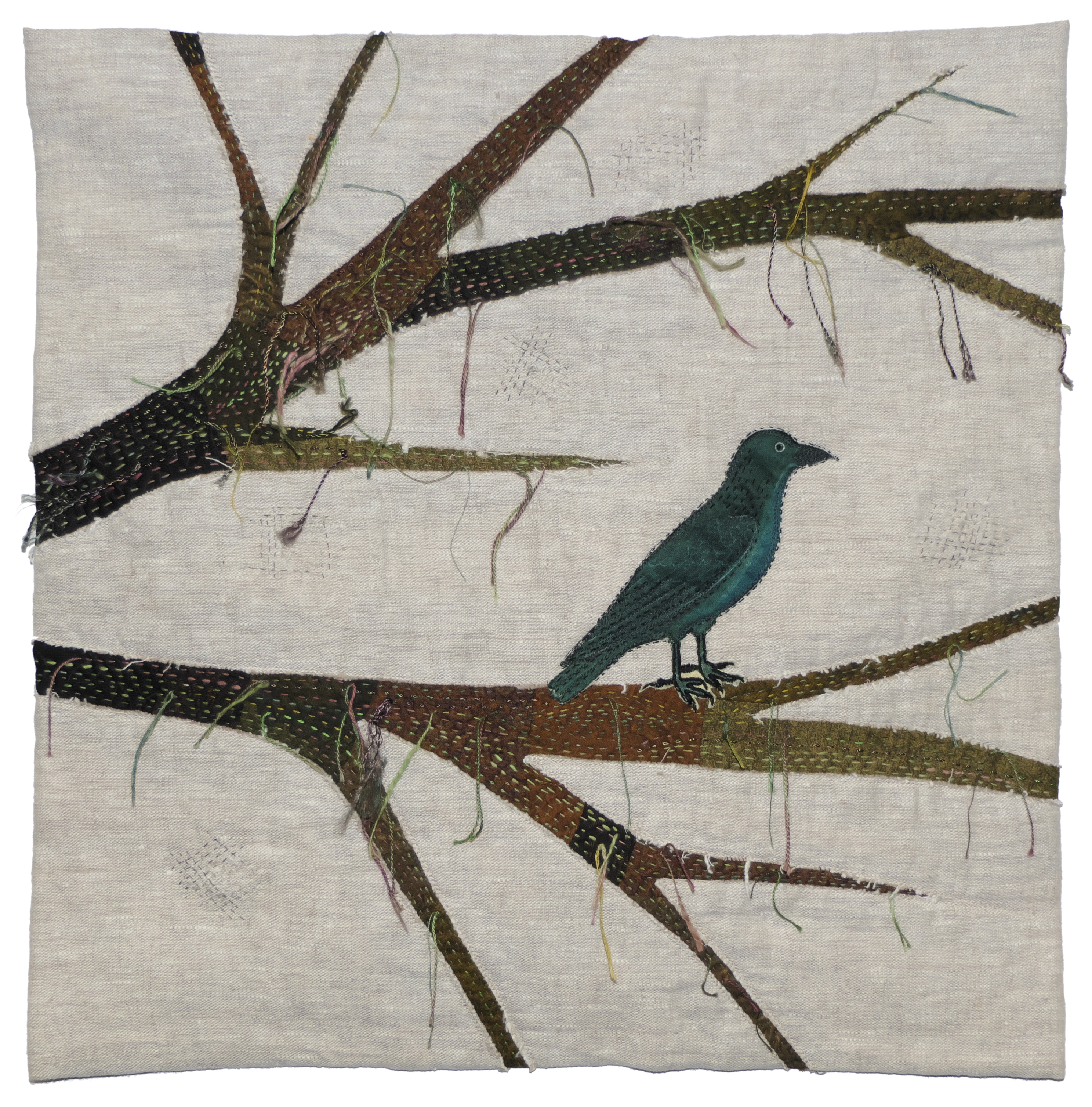
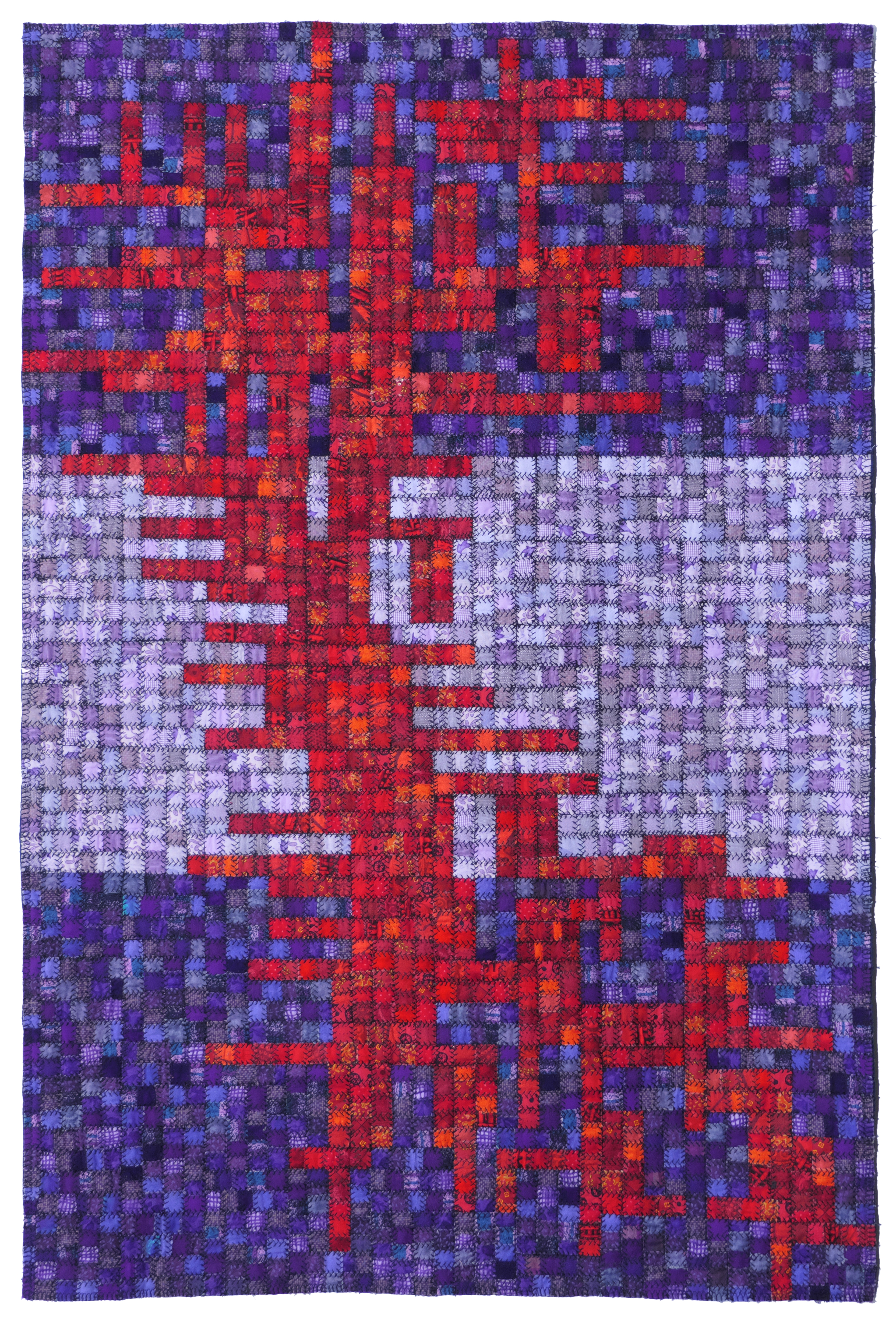
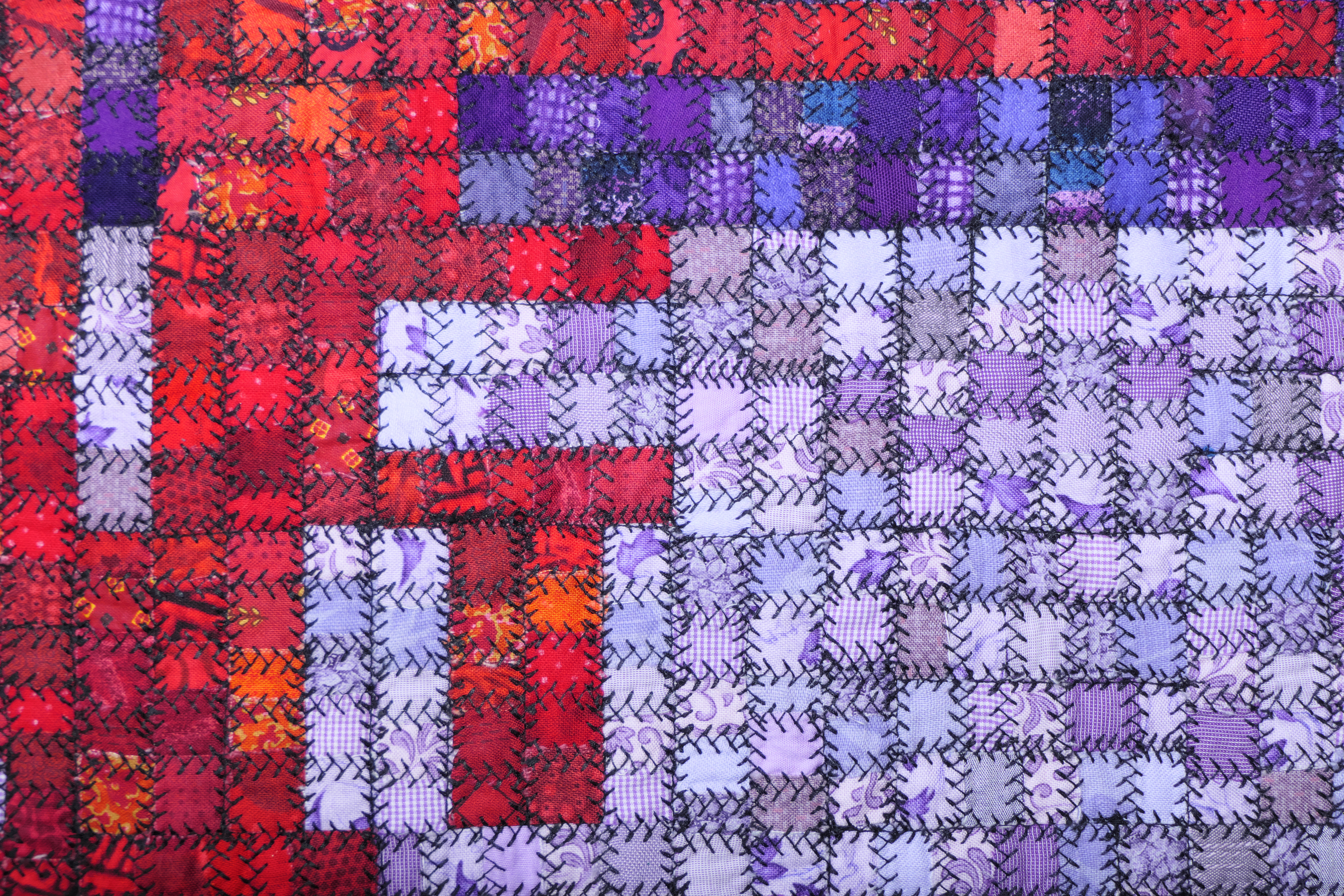
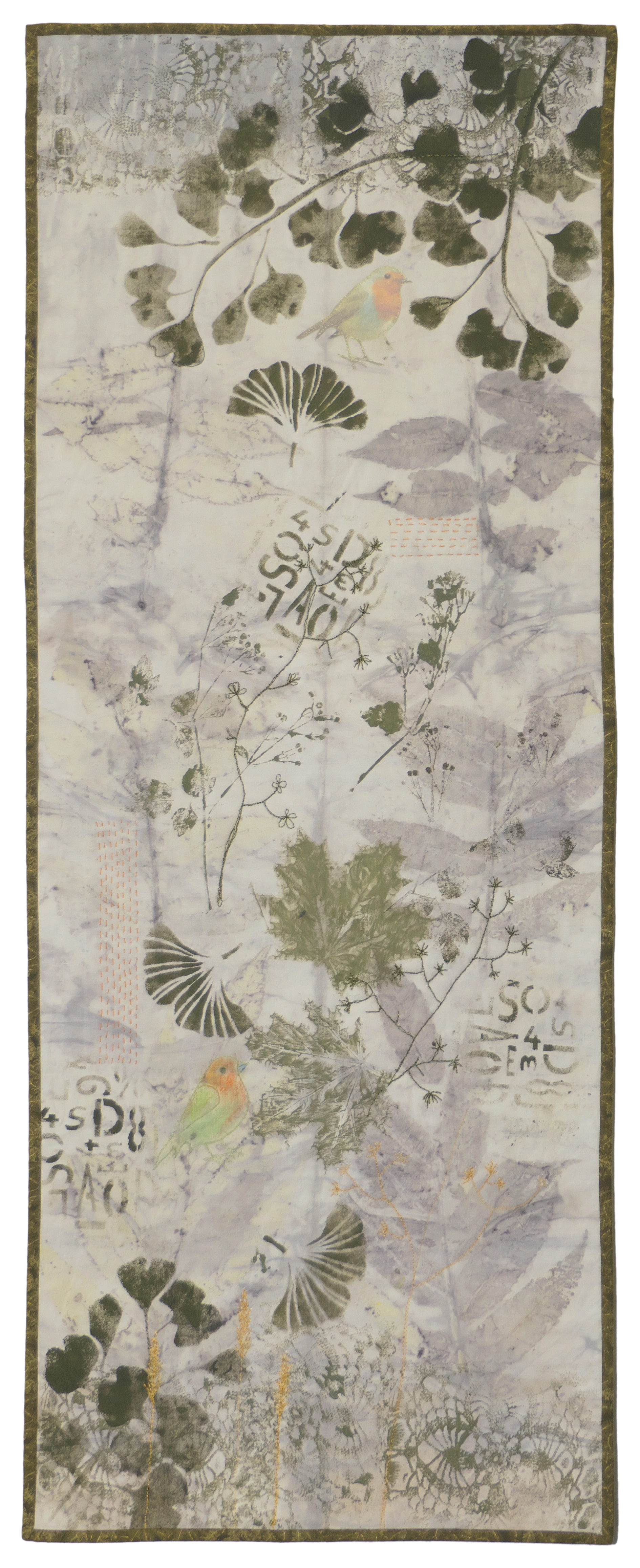
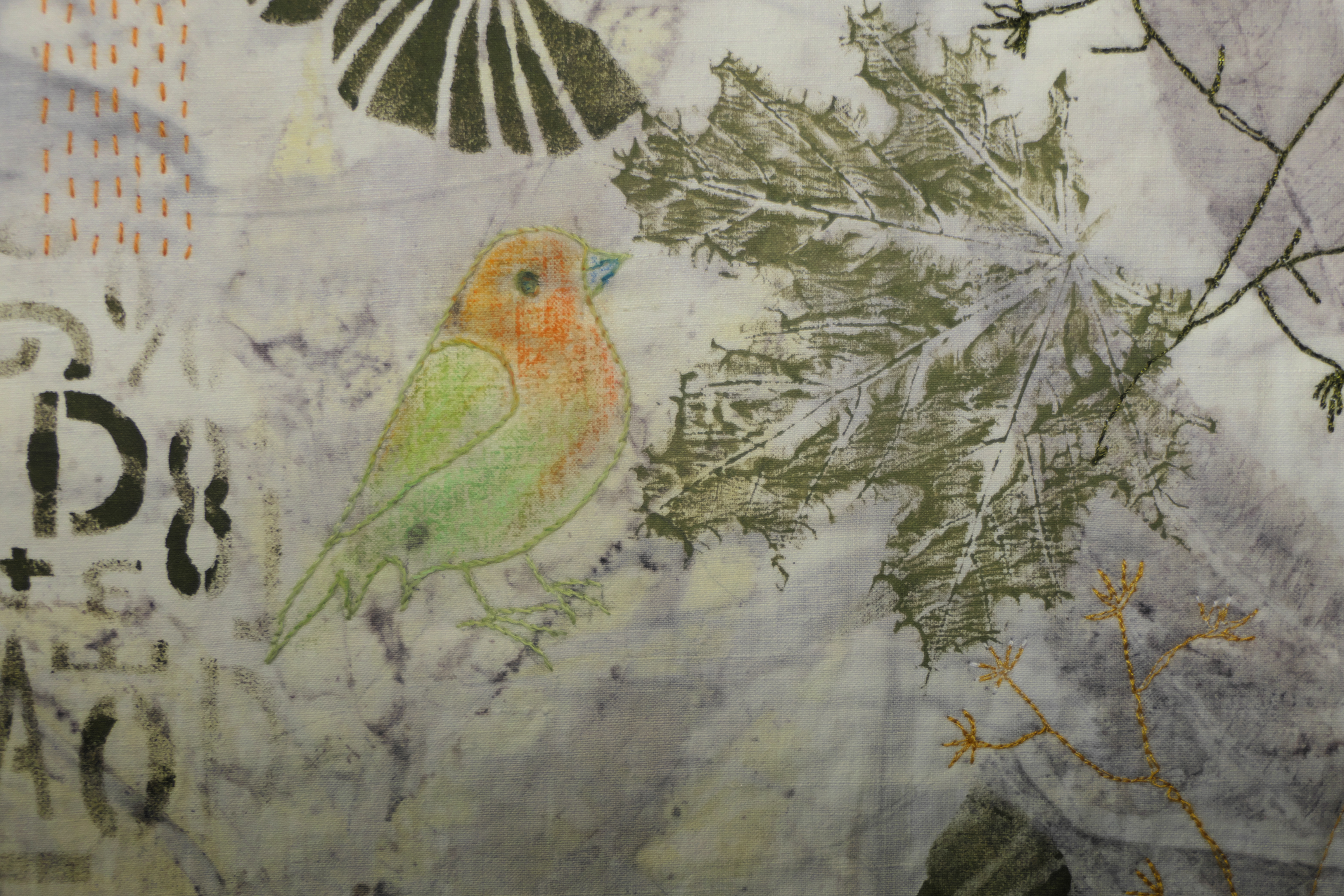
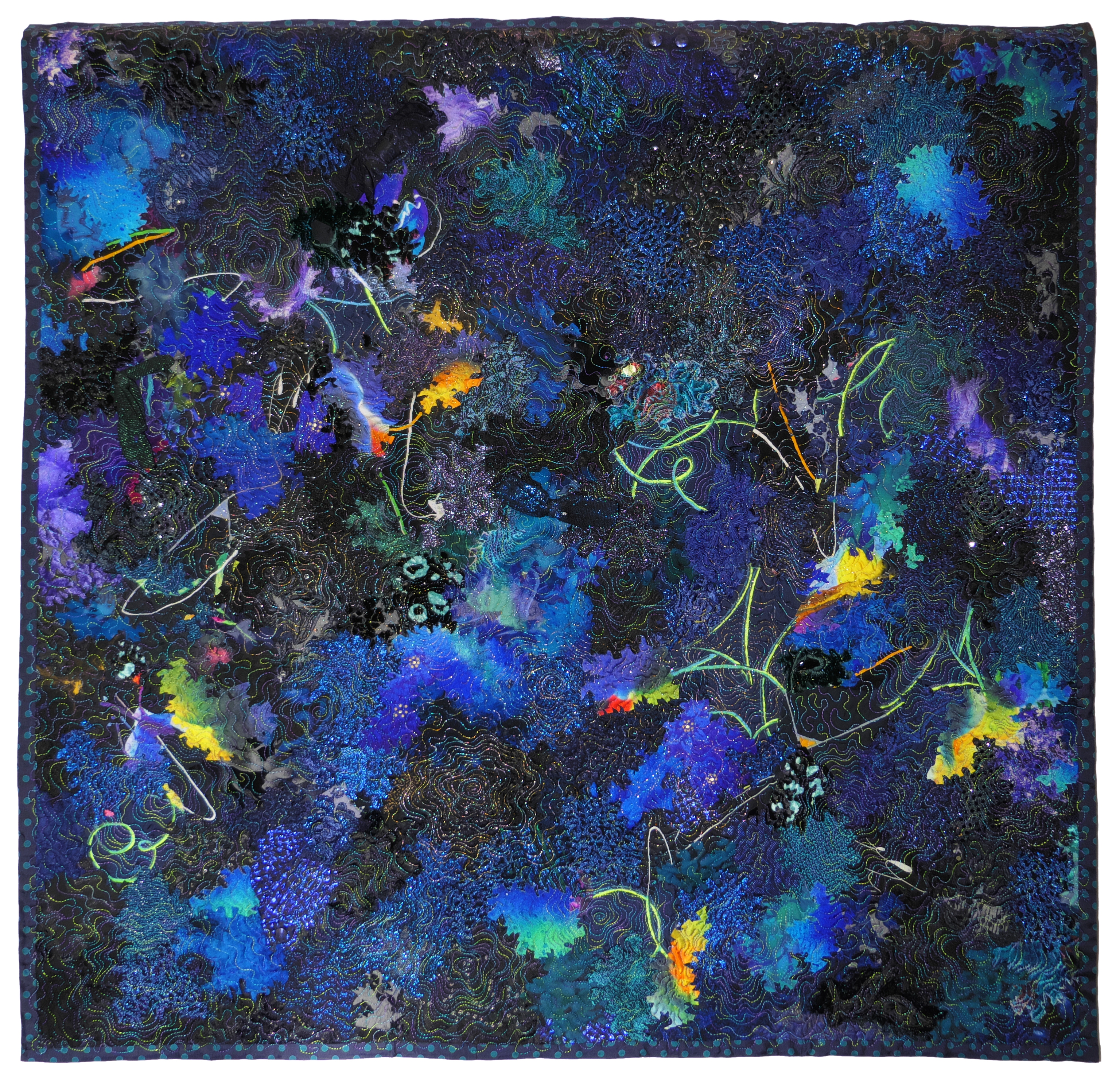
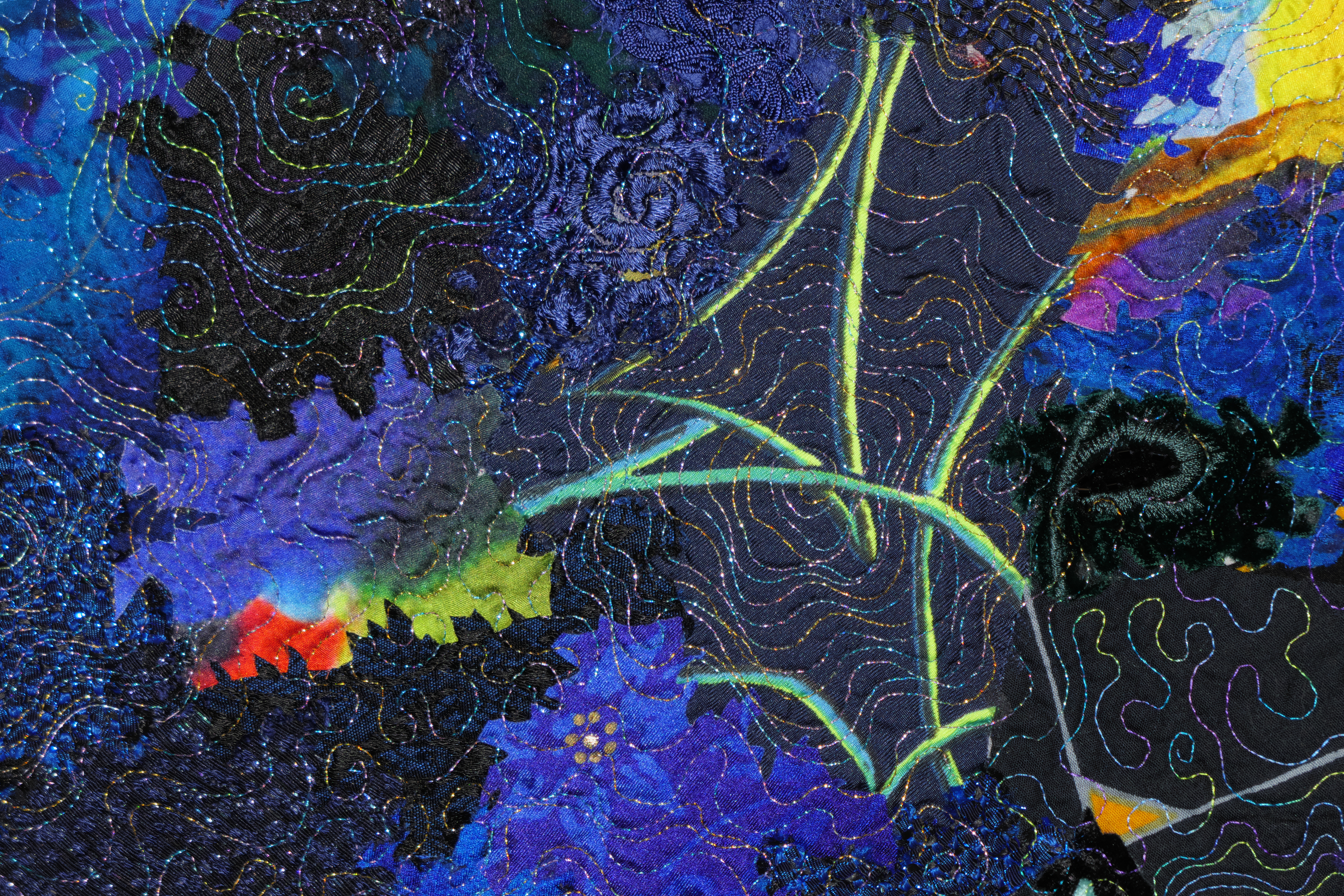
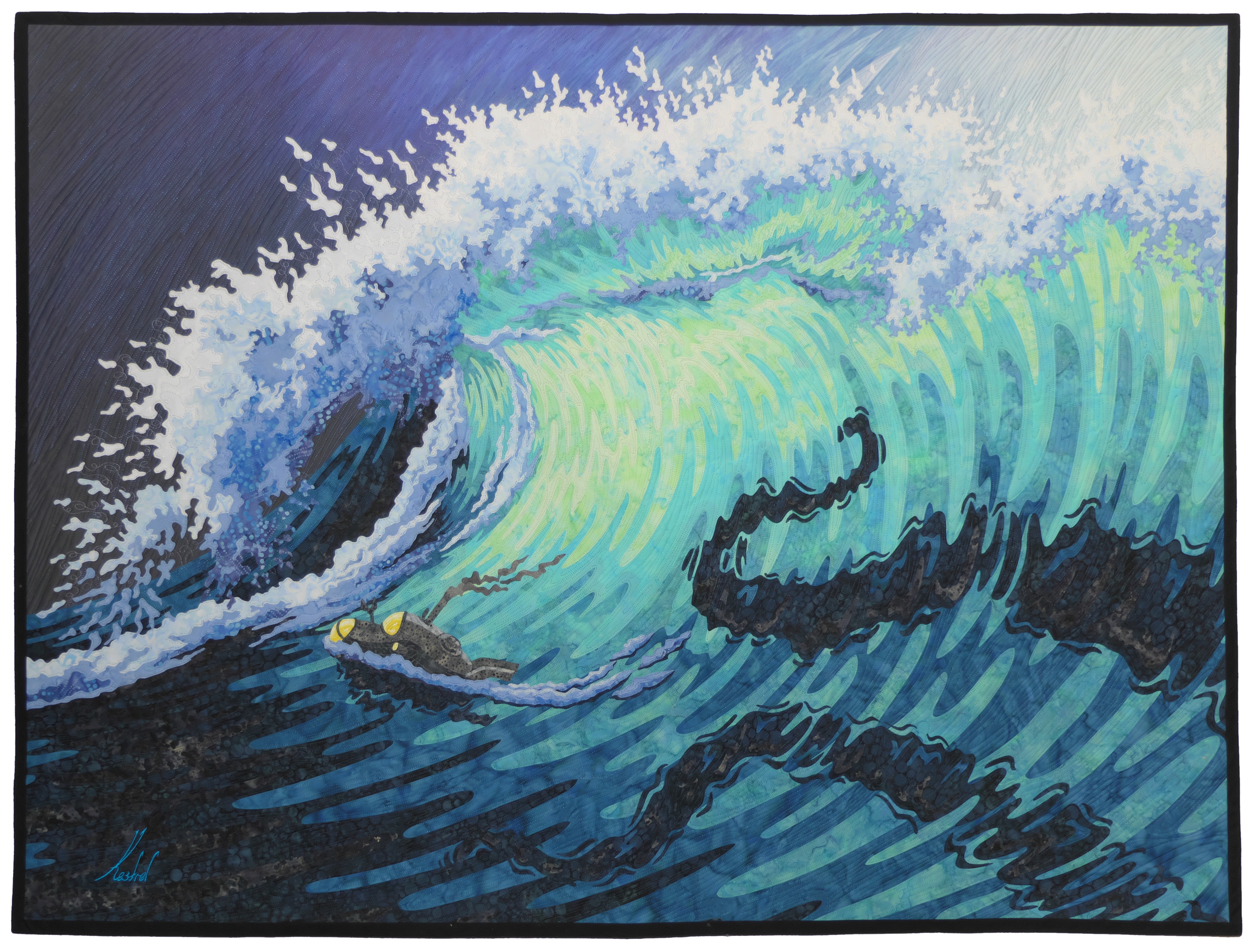
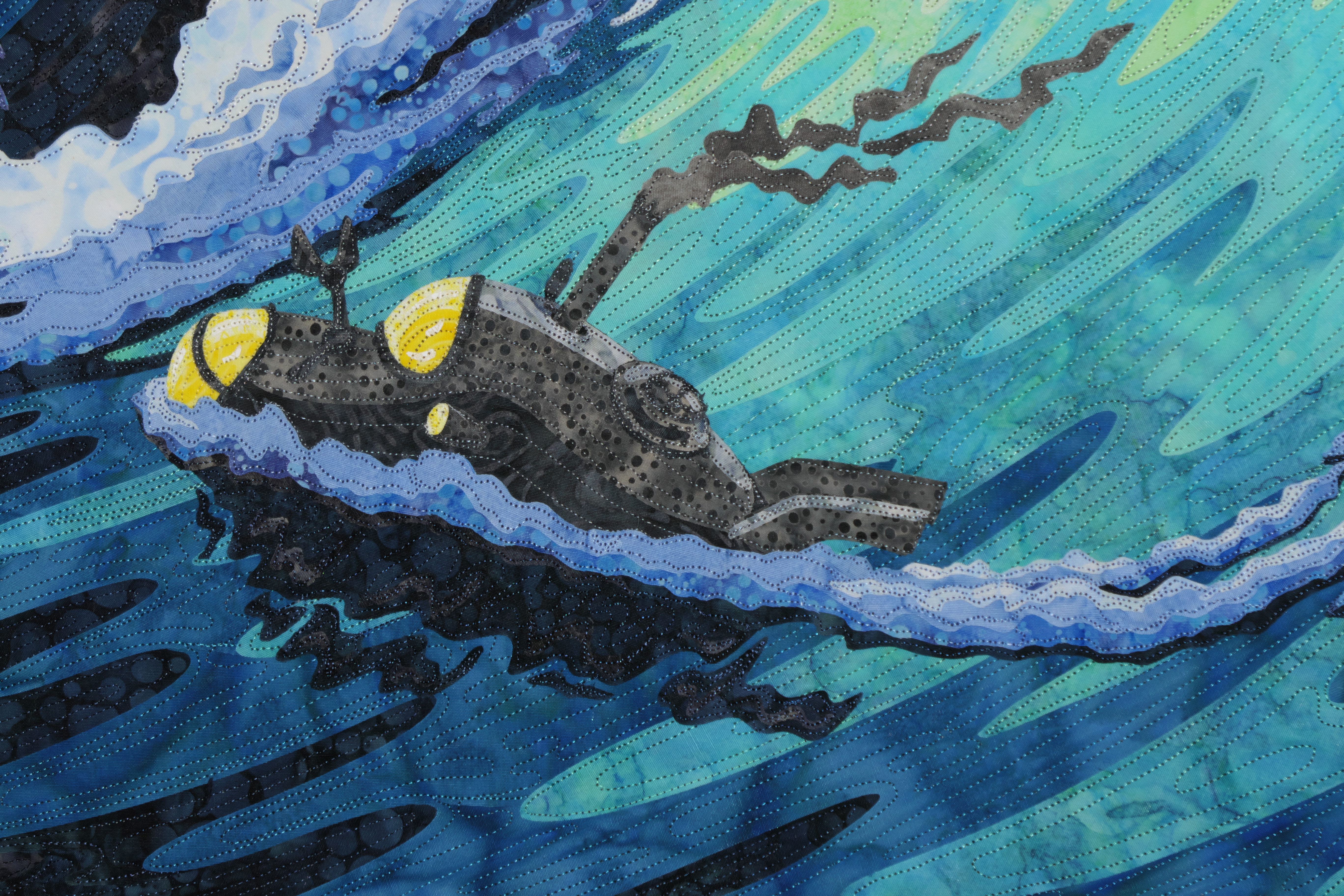
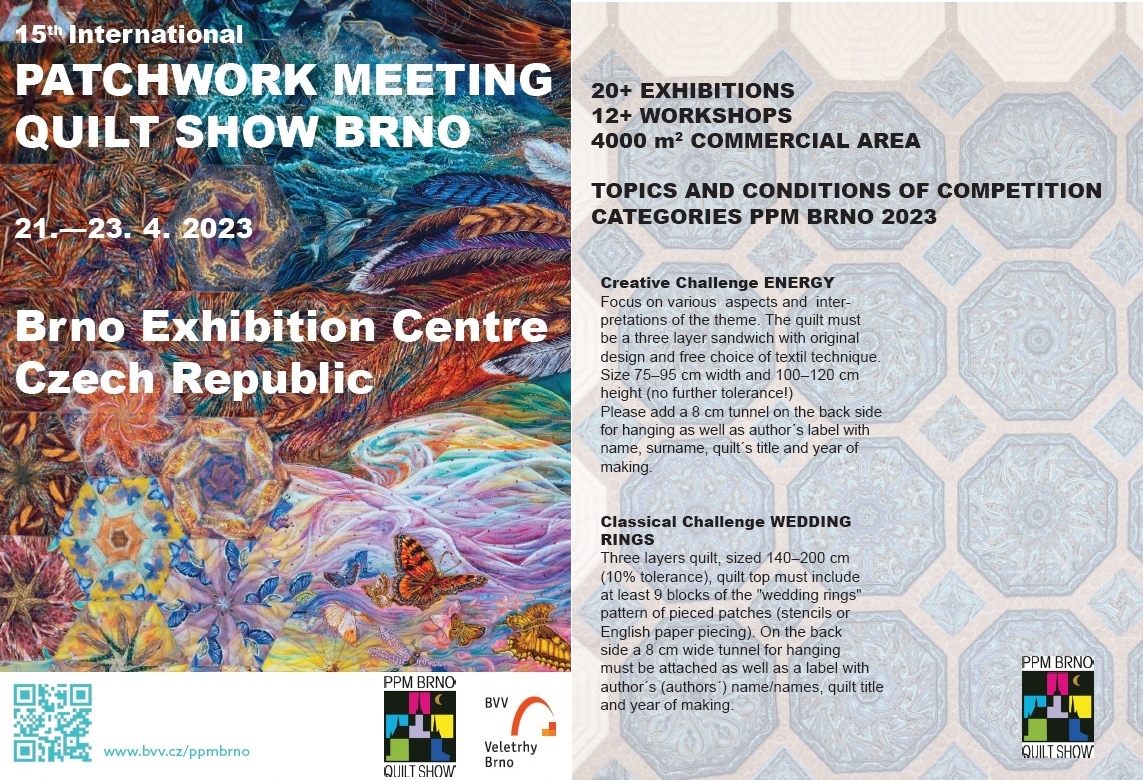
Pingback: One More Time | My3Place
Hello from Vienna, Austria! Thanks for sharing your photos and the gorgeous video on yt. Keep quilting! Best regards Elisabeth
Dear Elisabeth, see you in Gmünd in Kärnten (we hope so…).

Quilty Regards,
Rossana